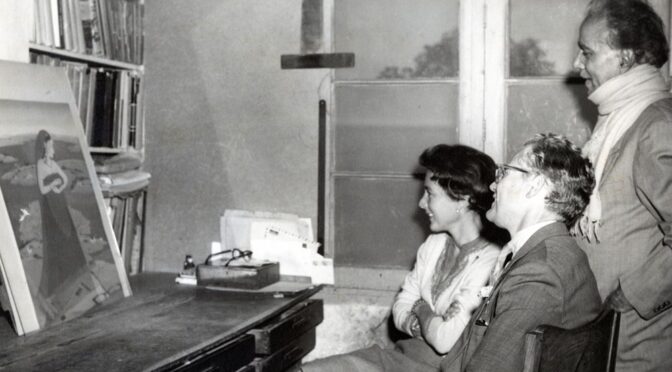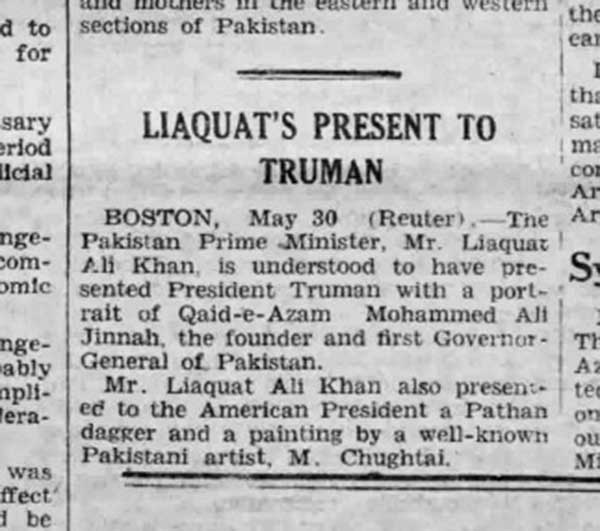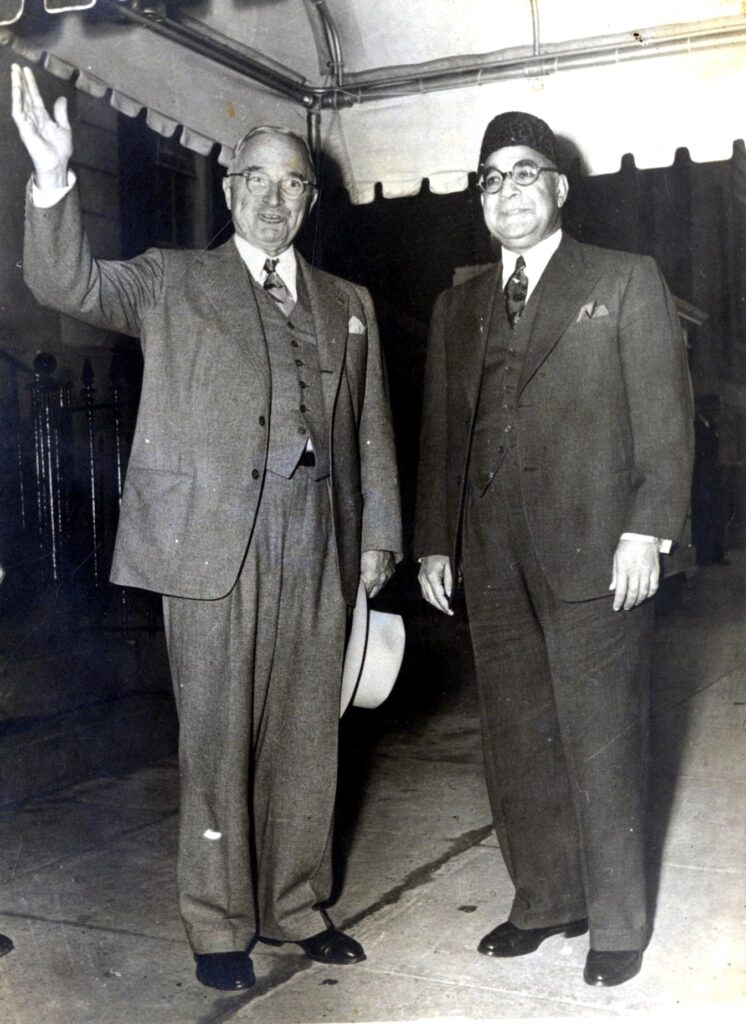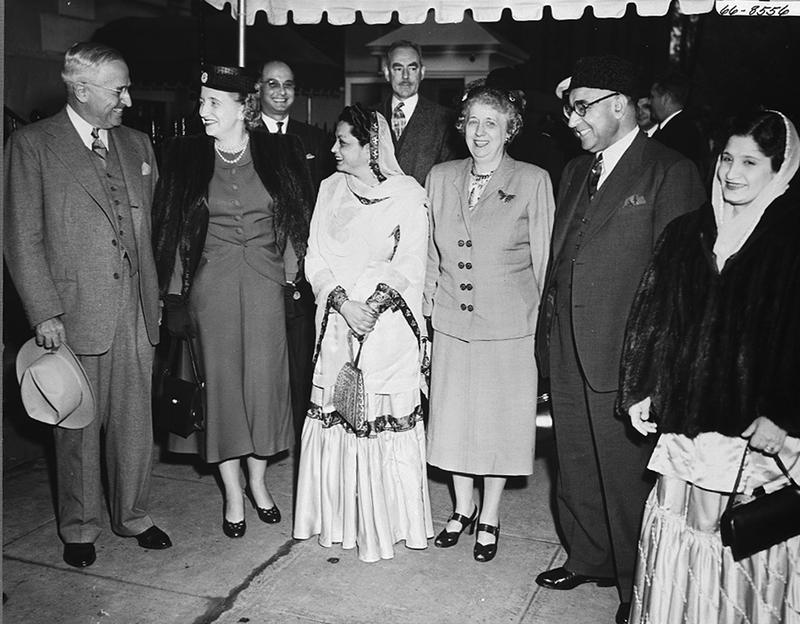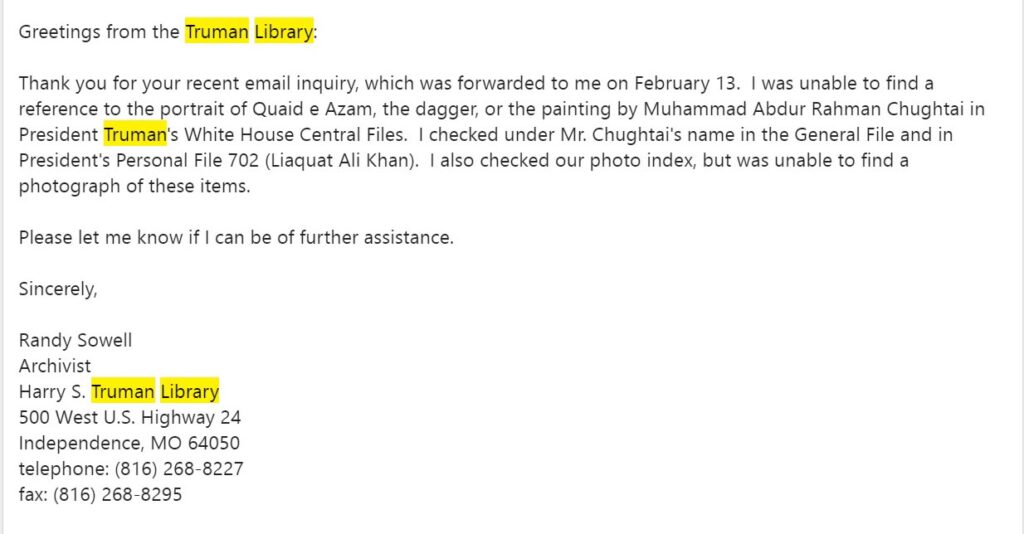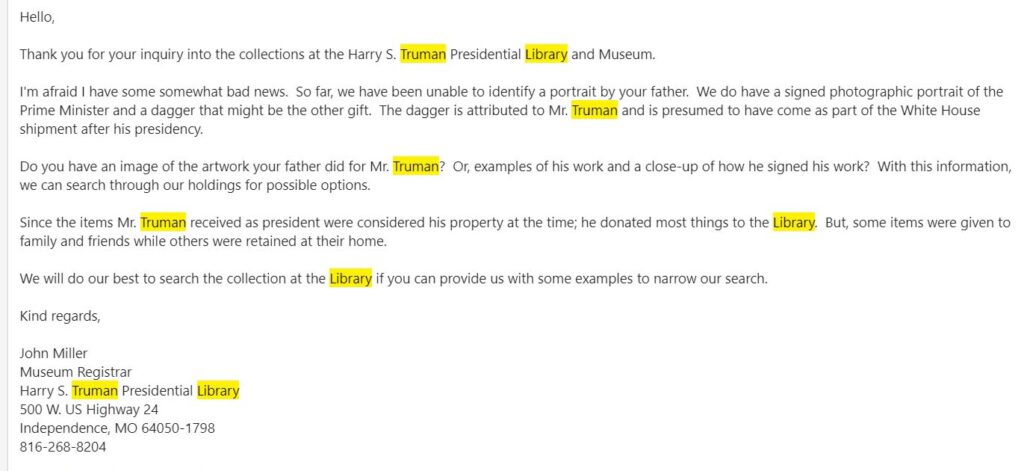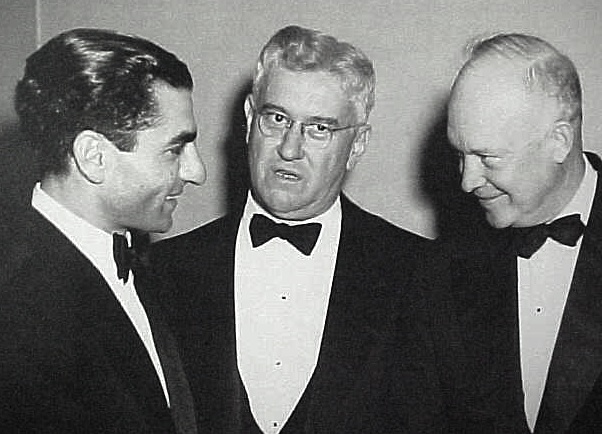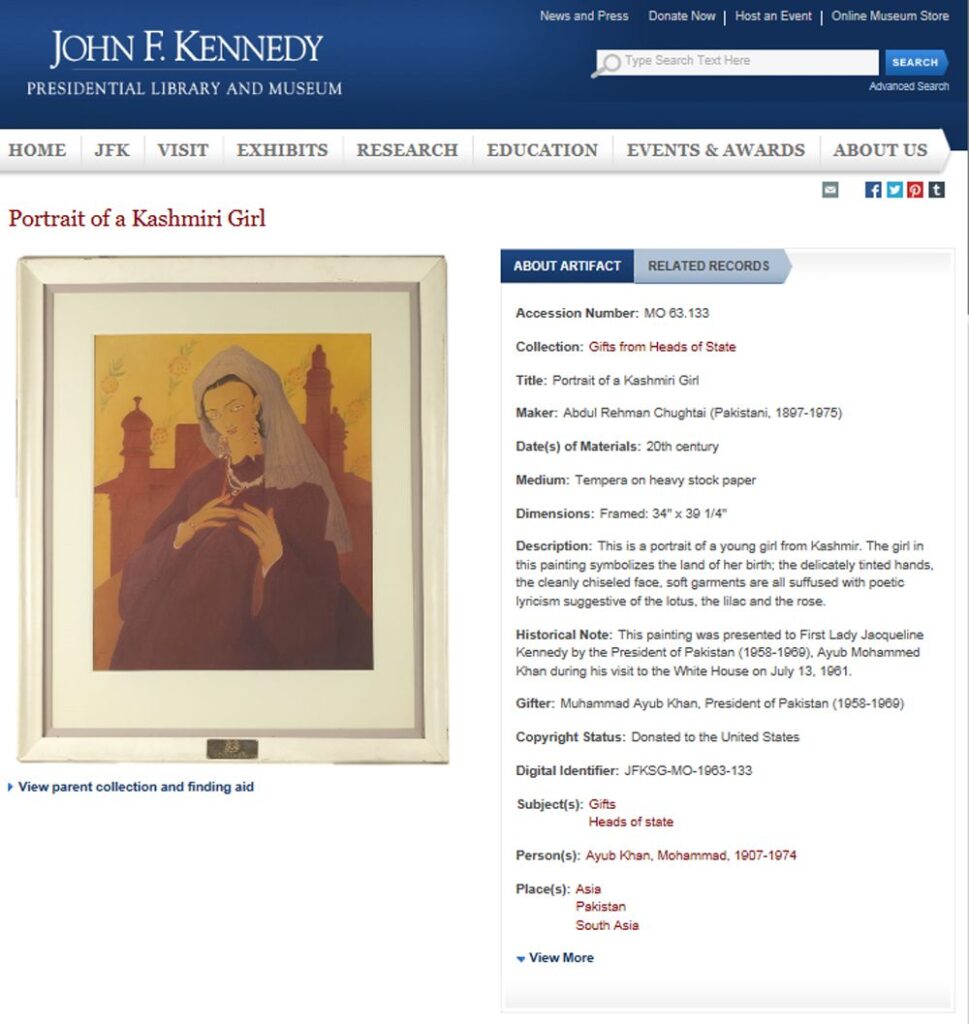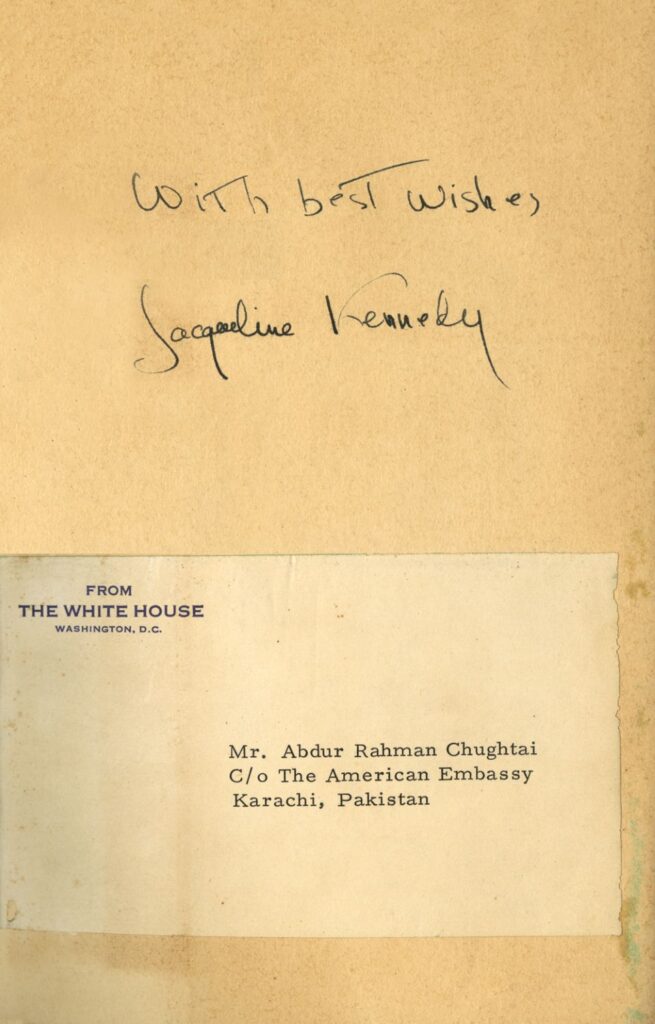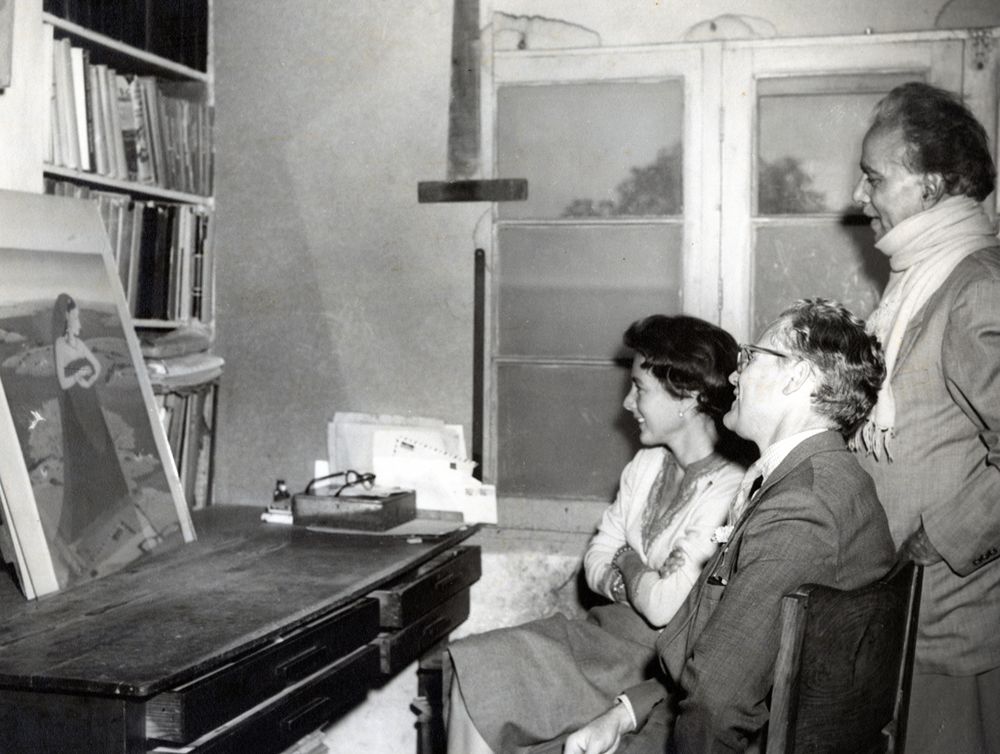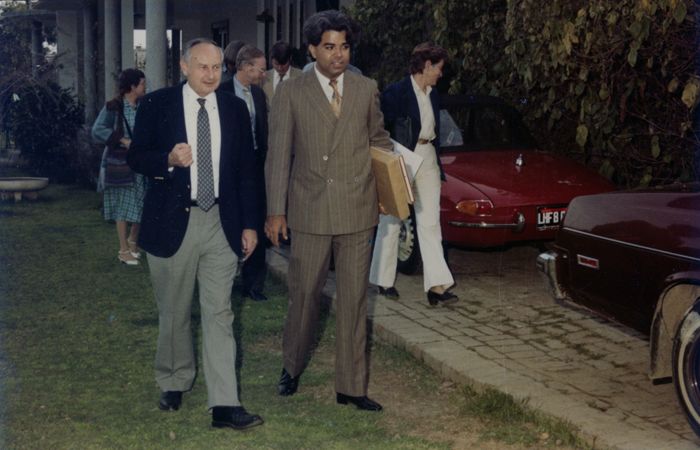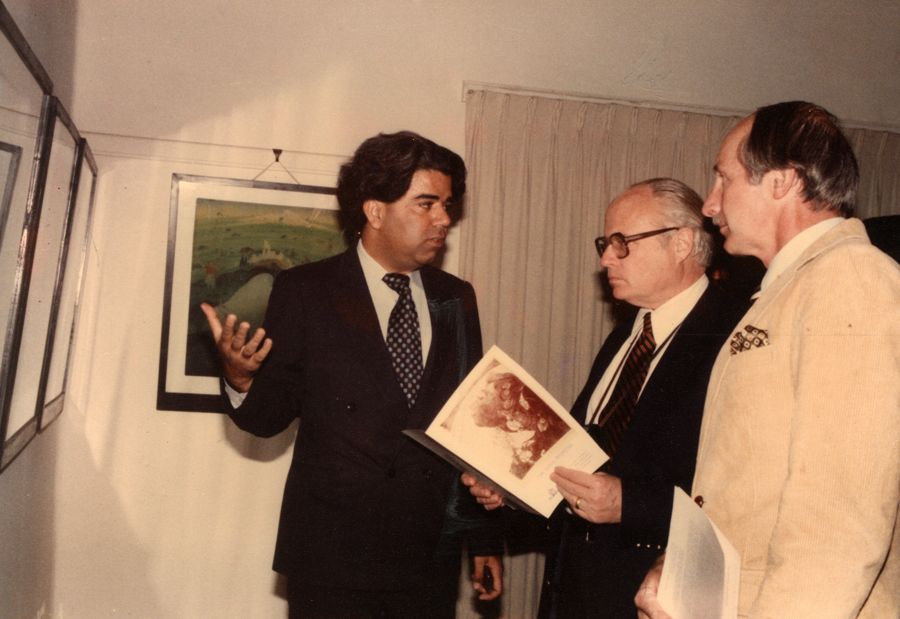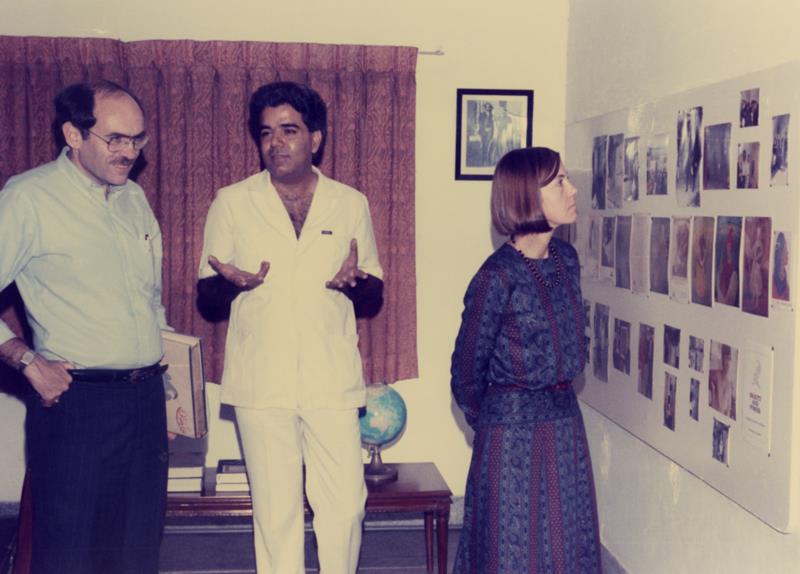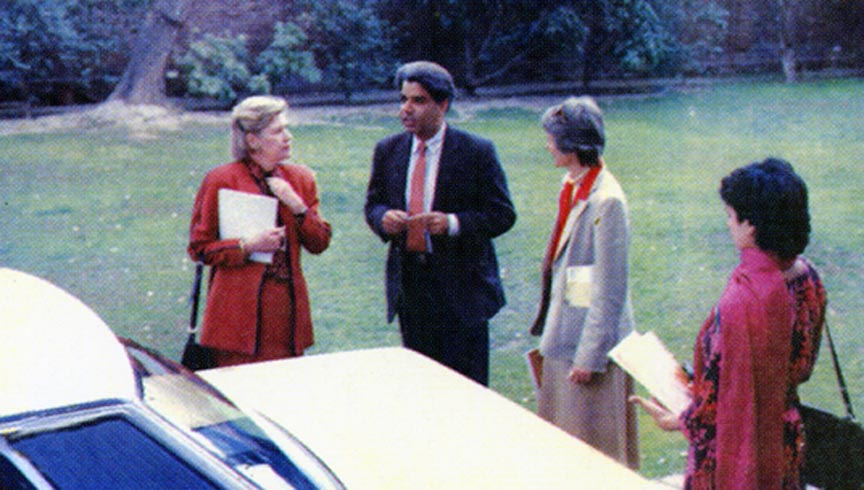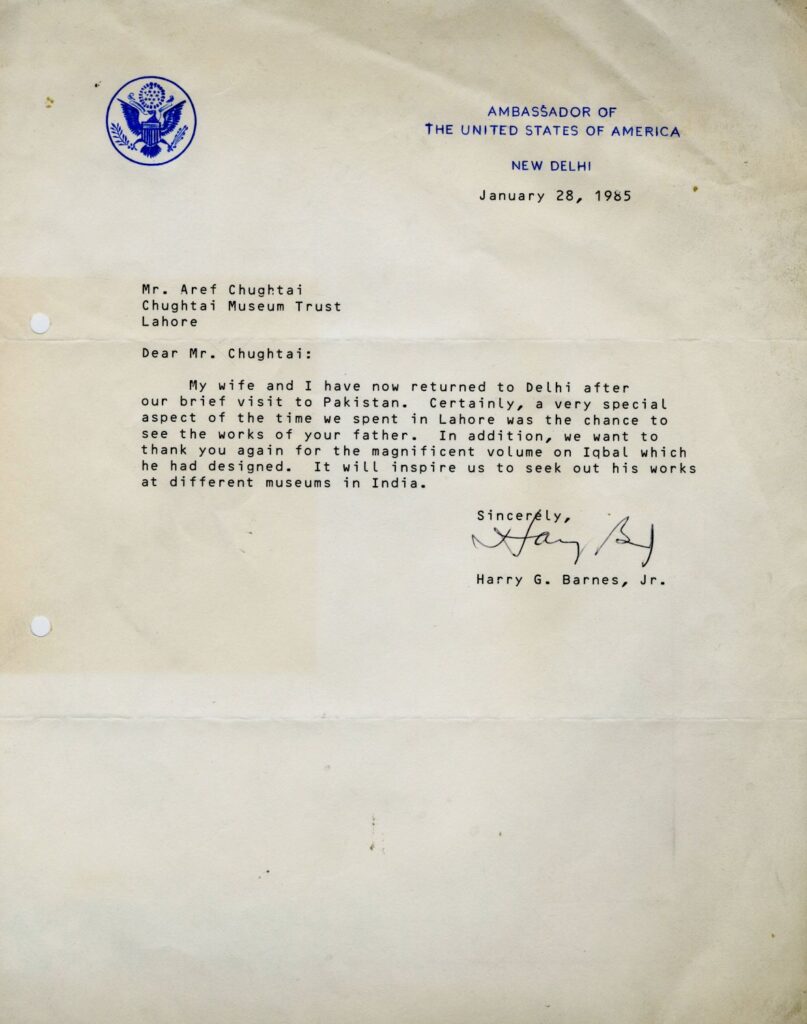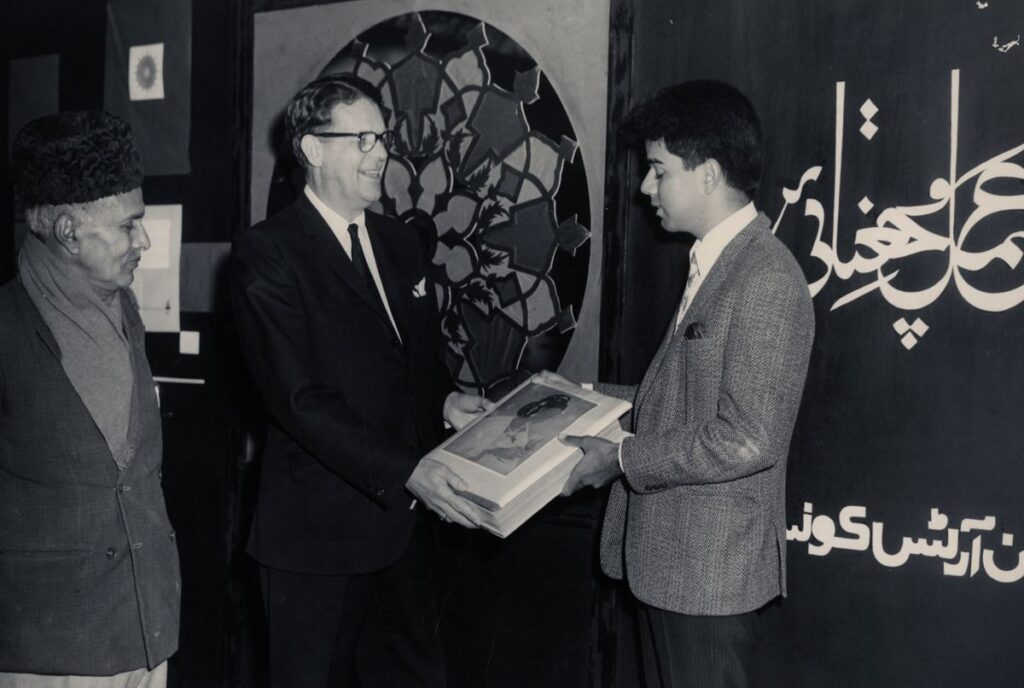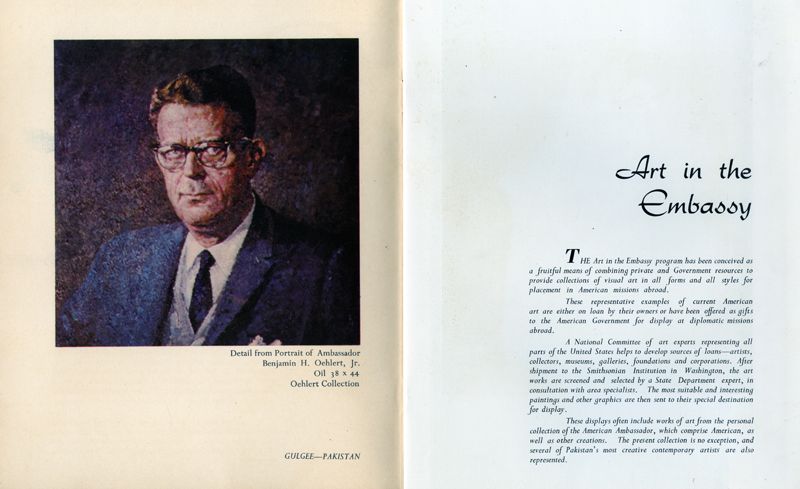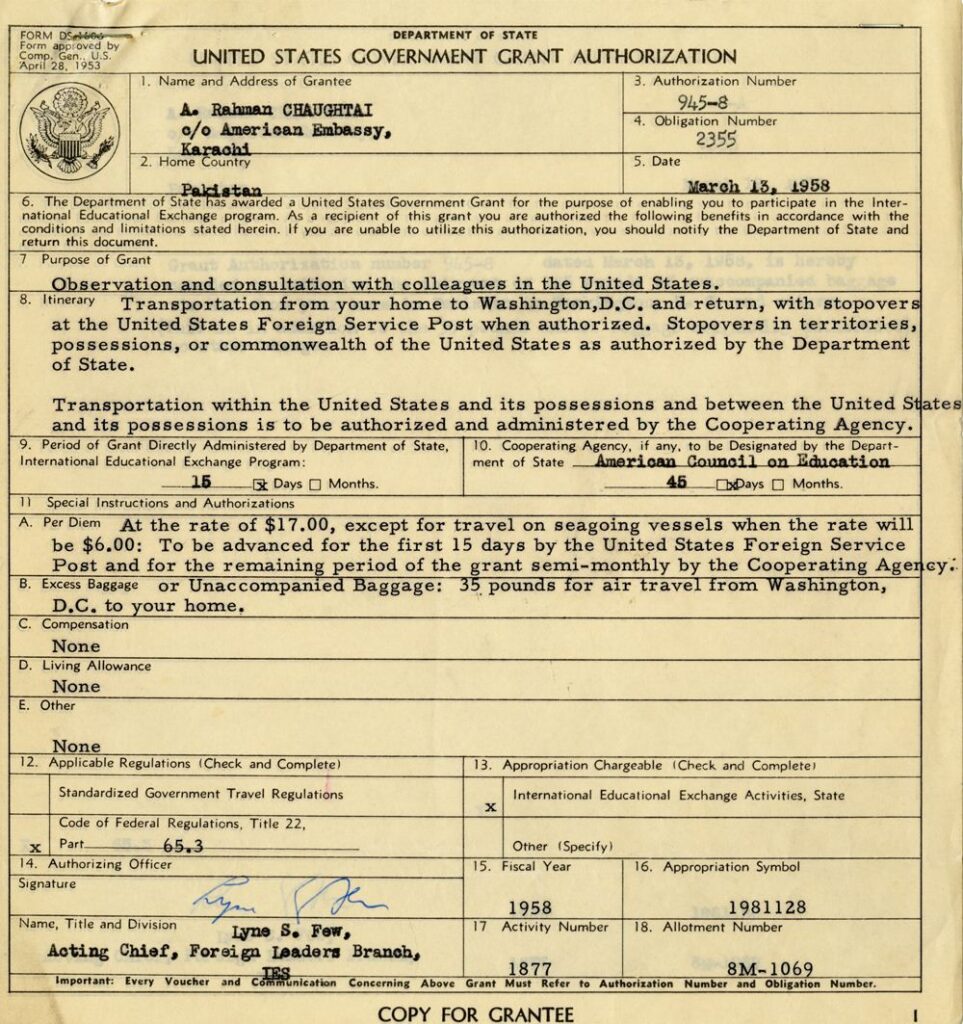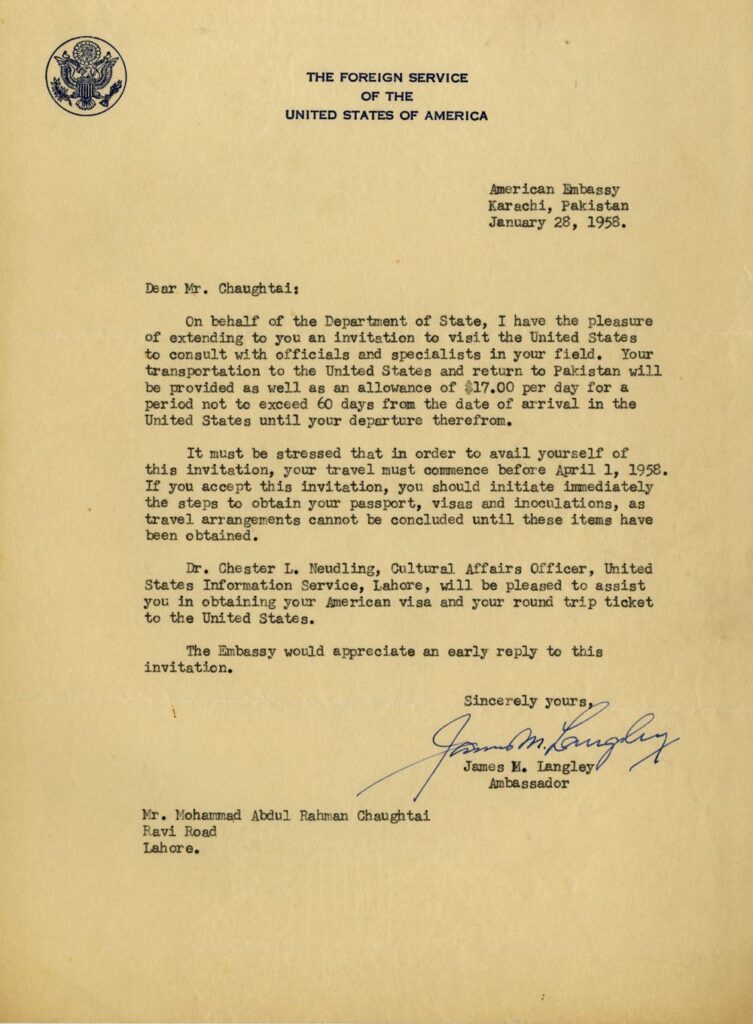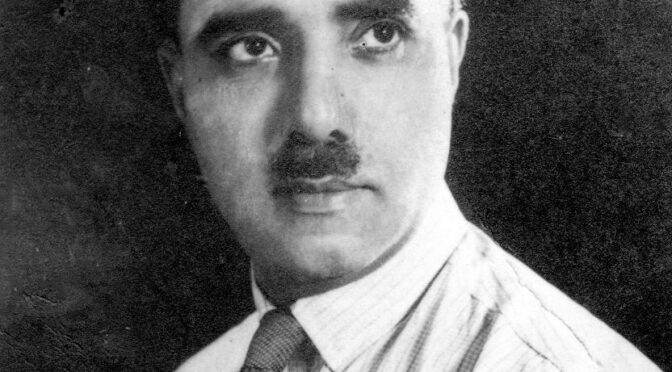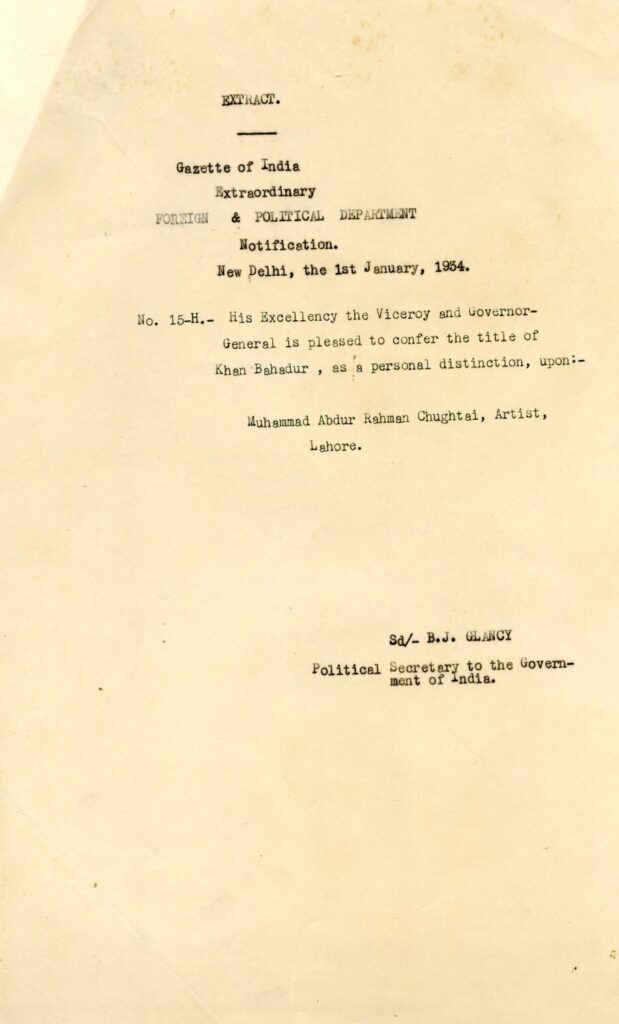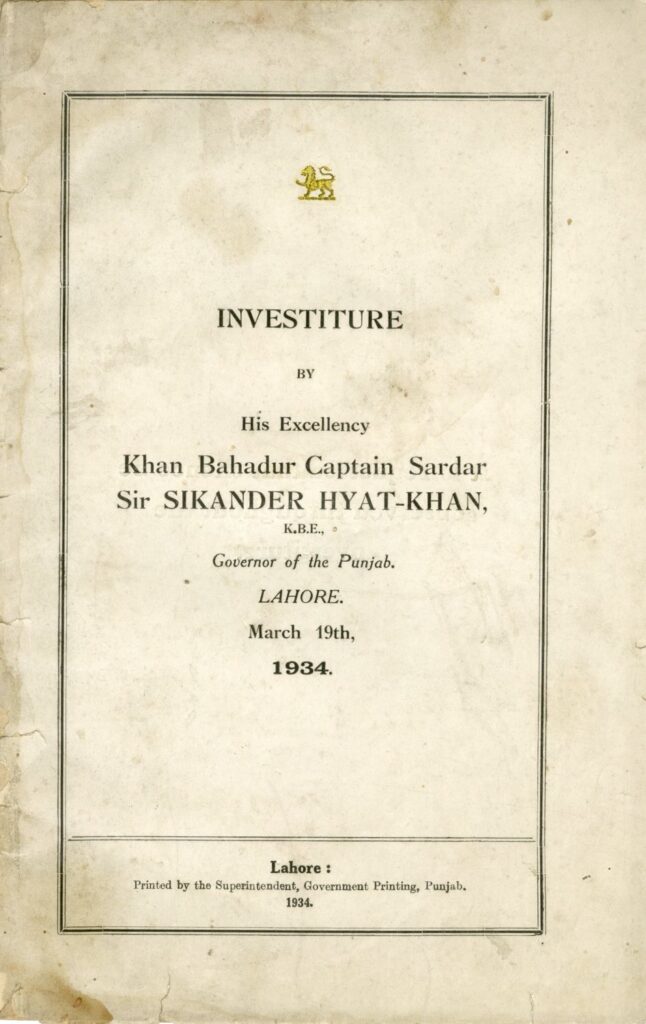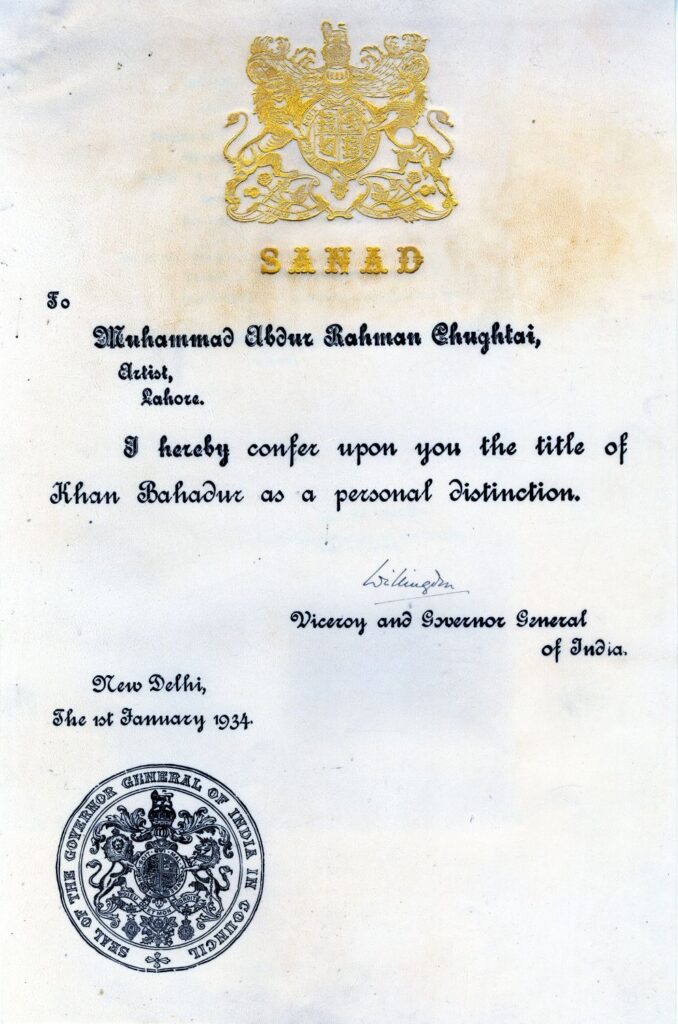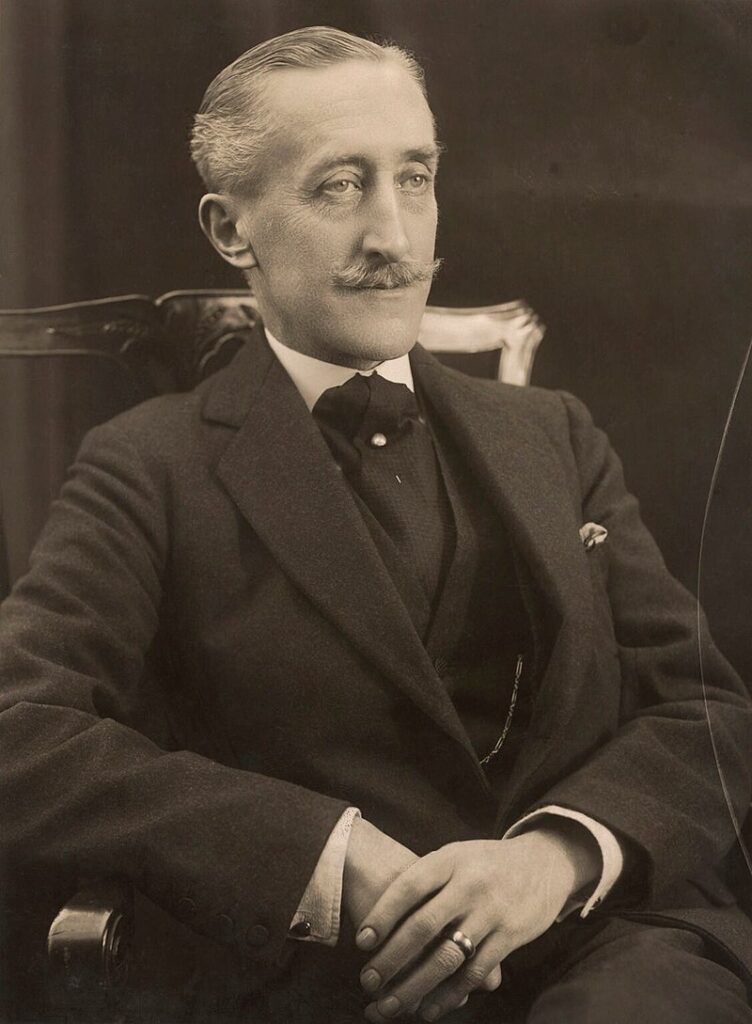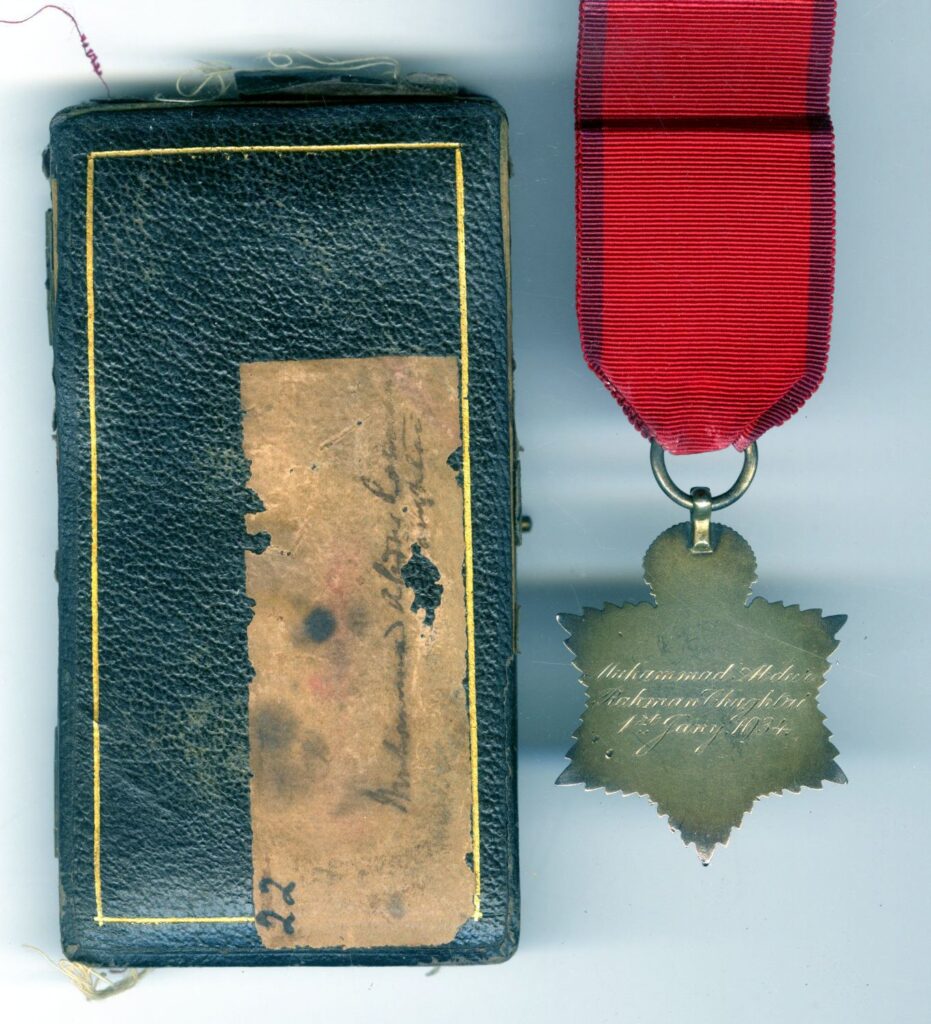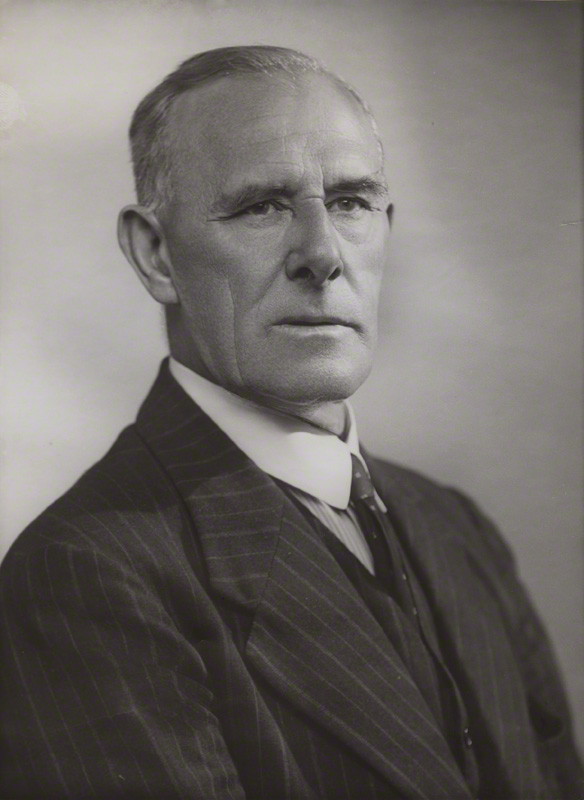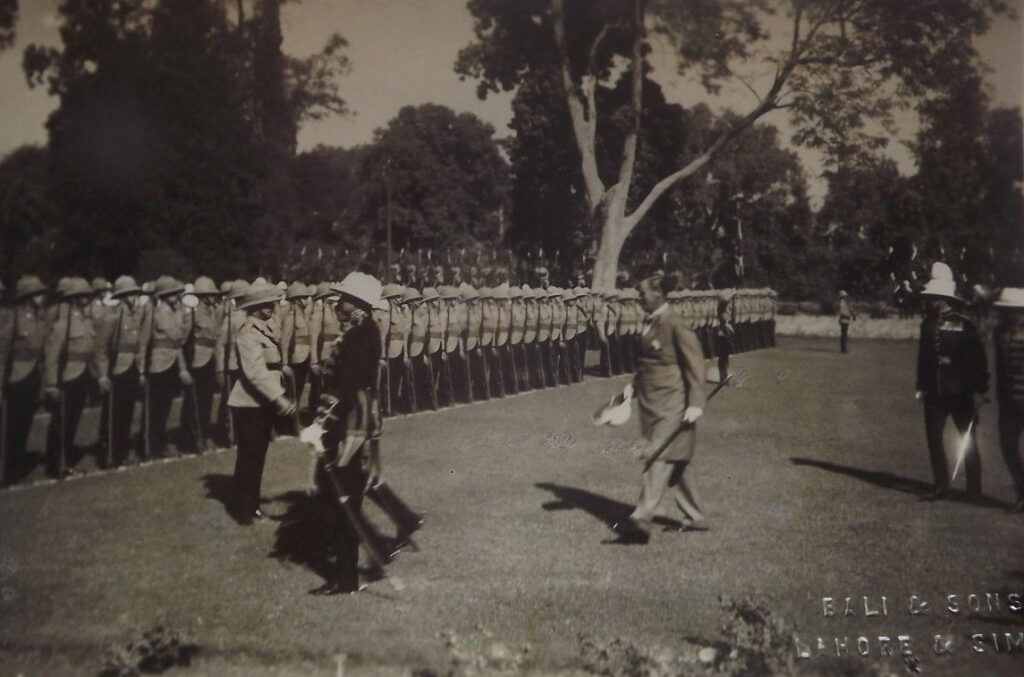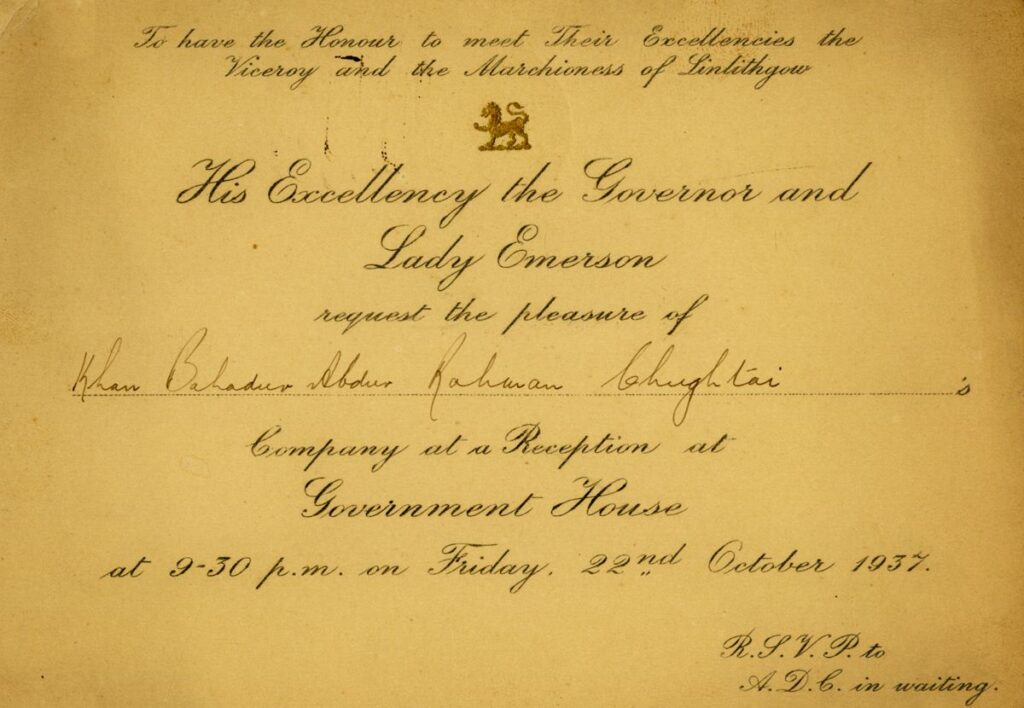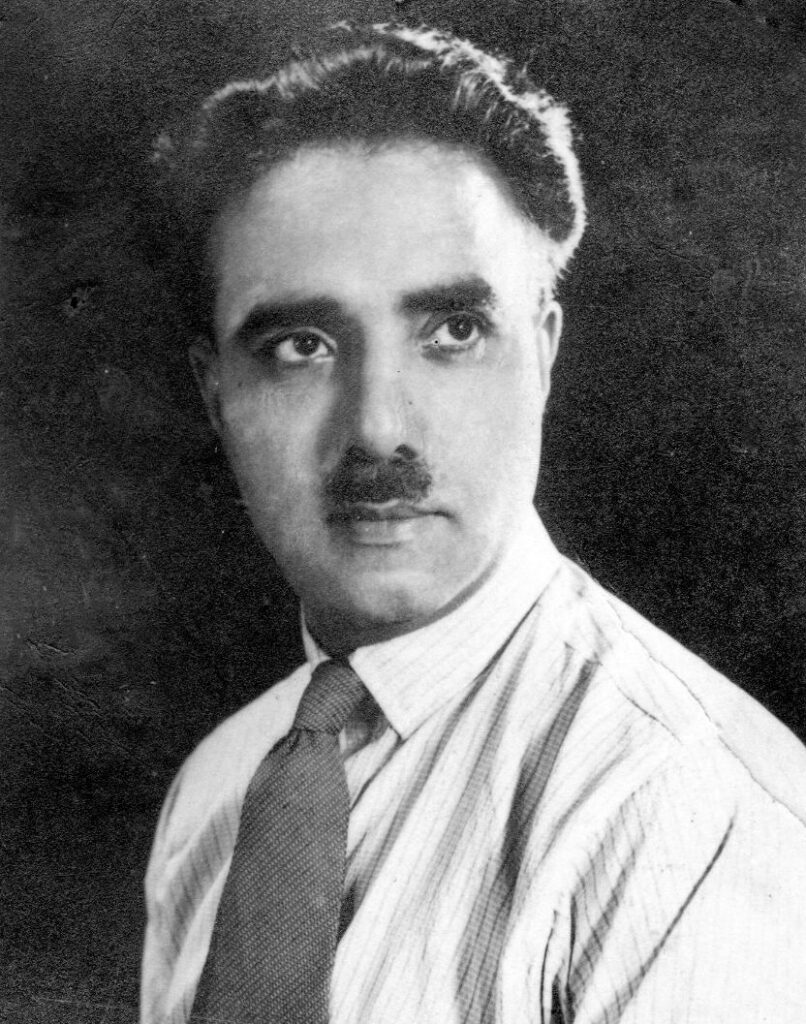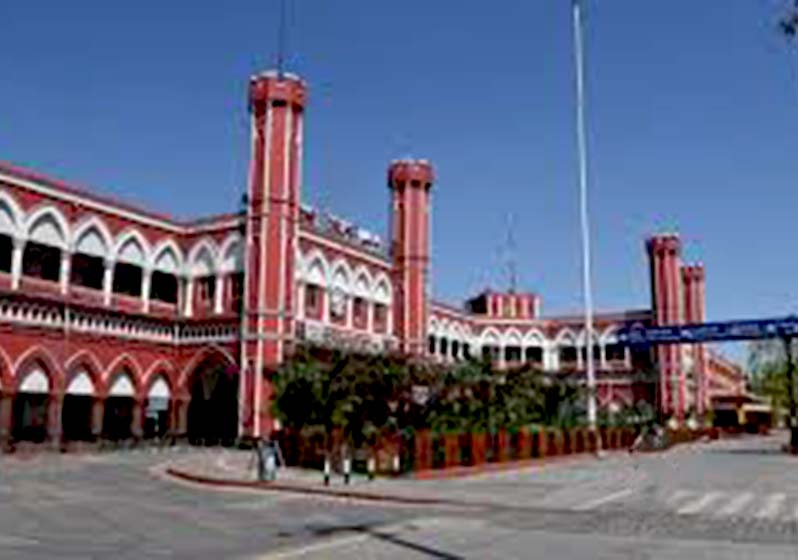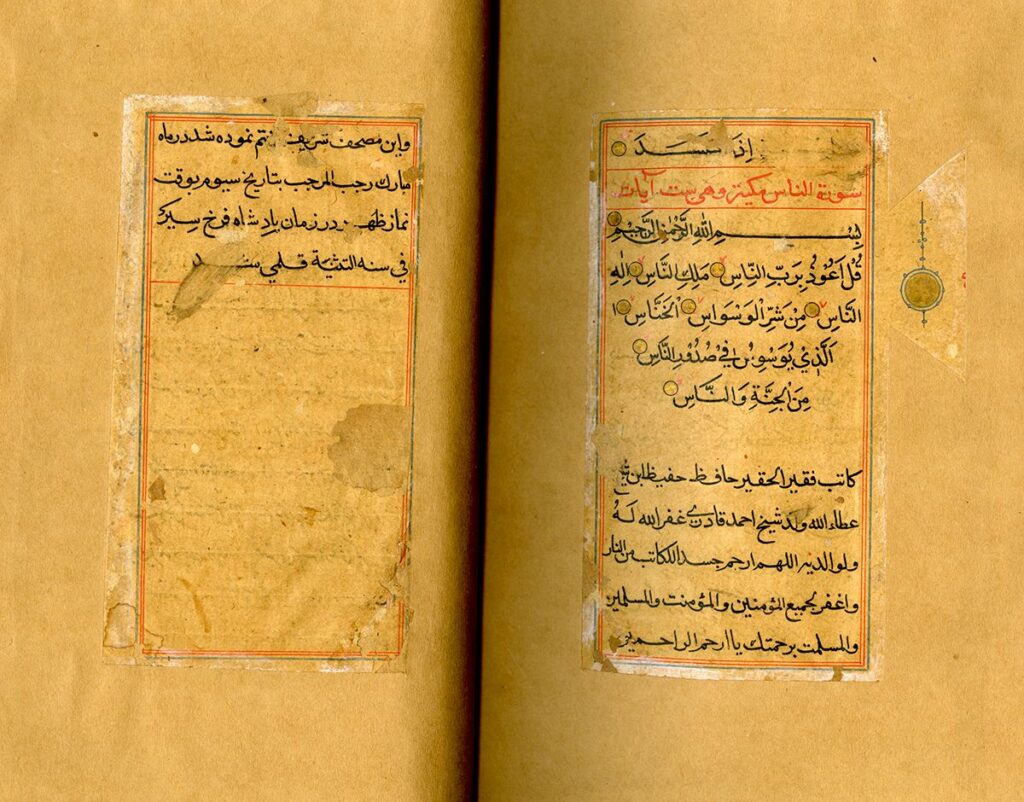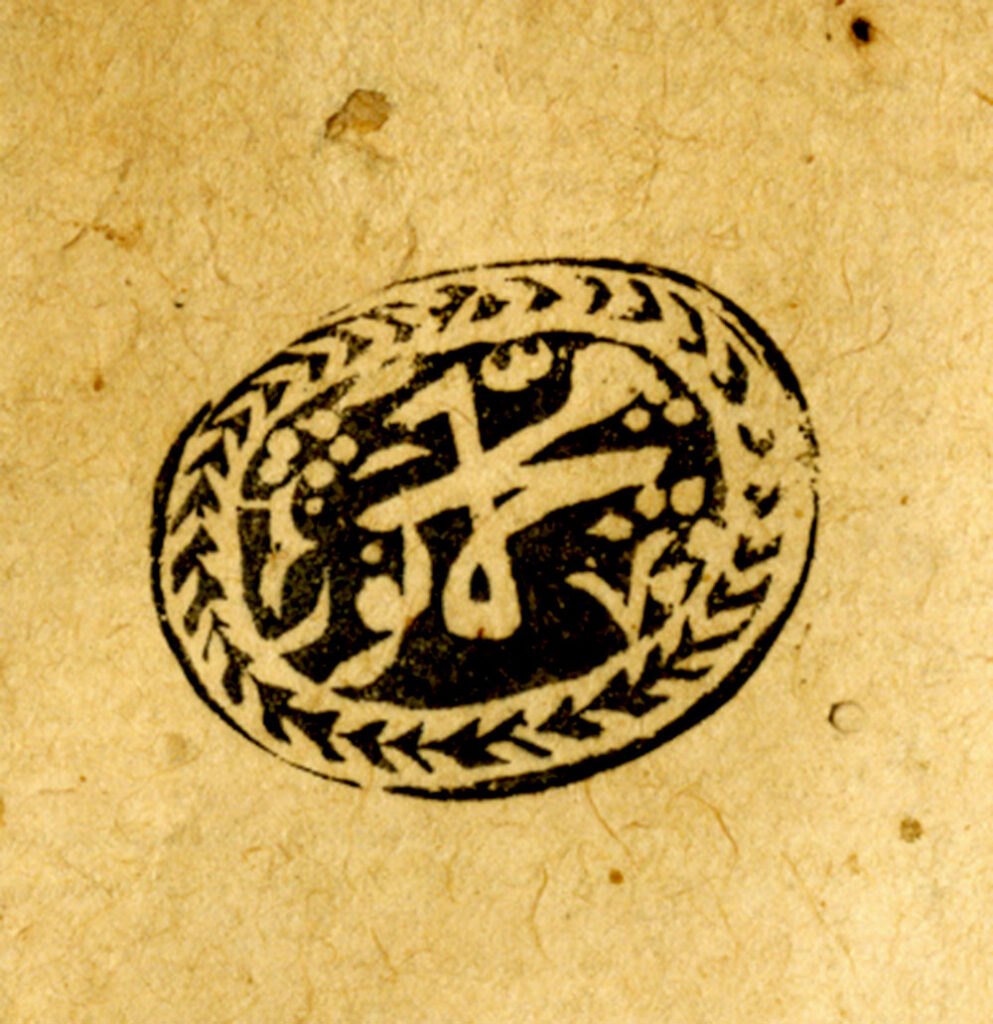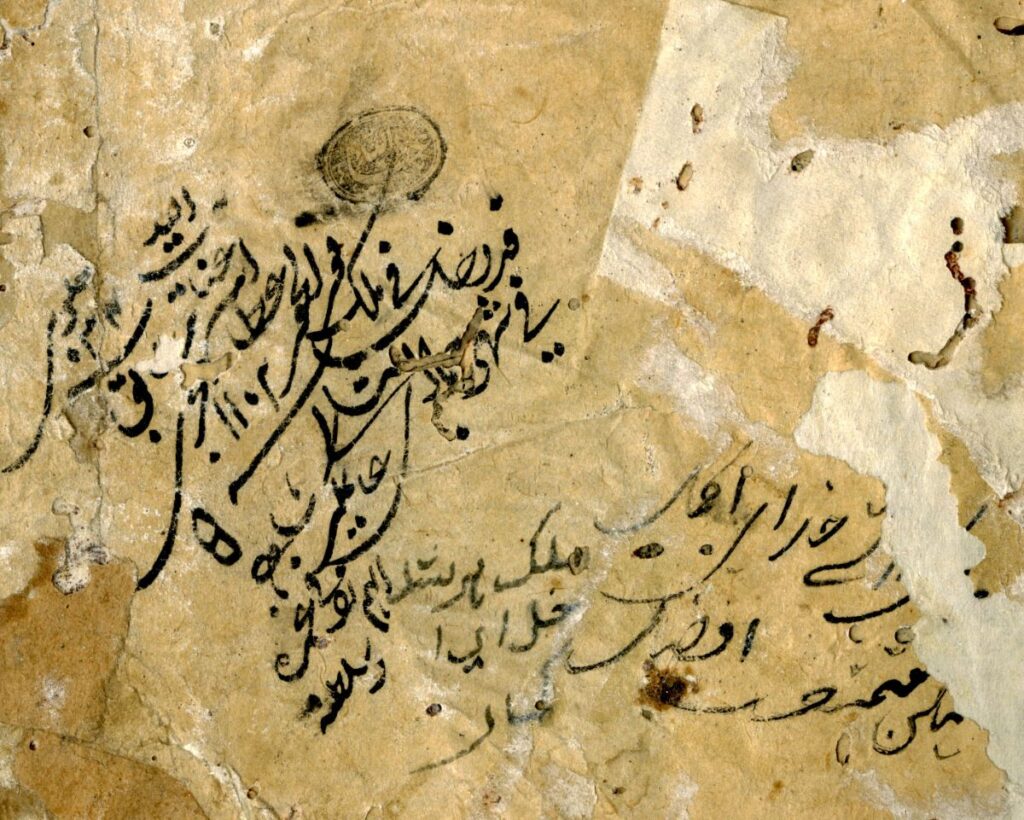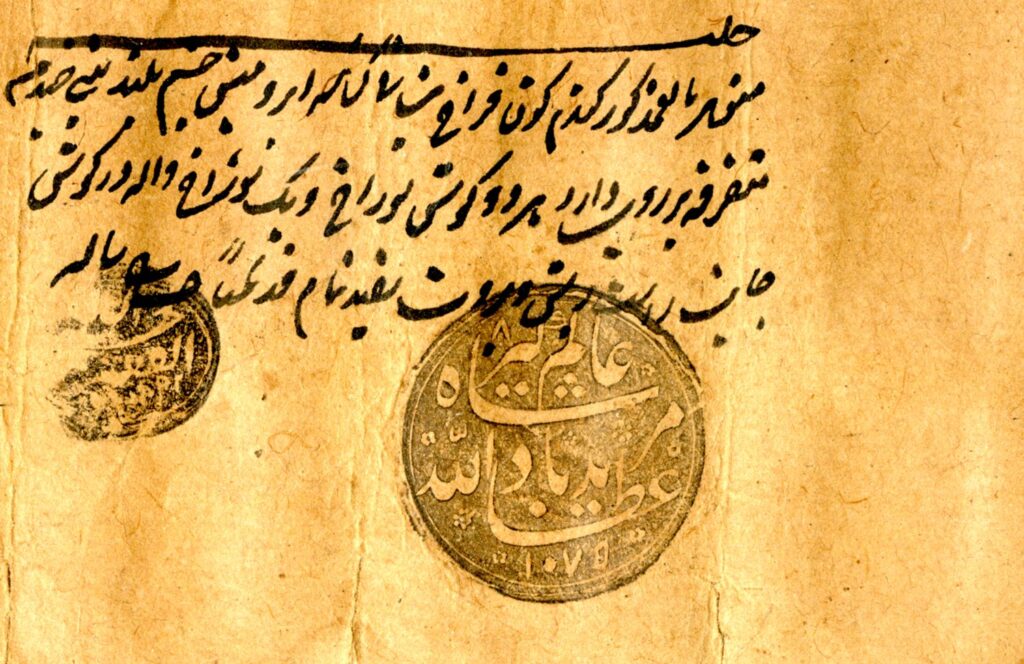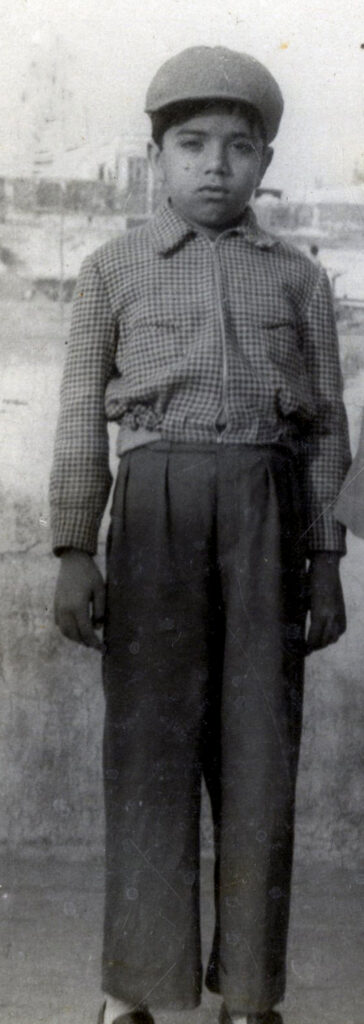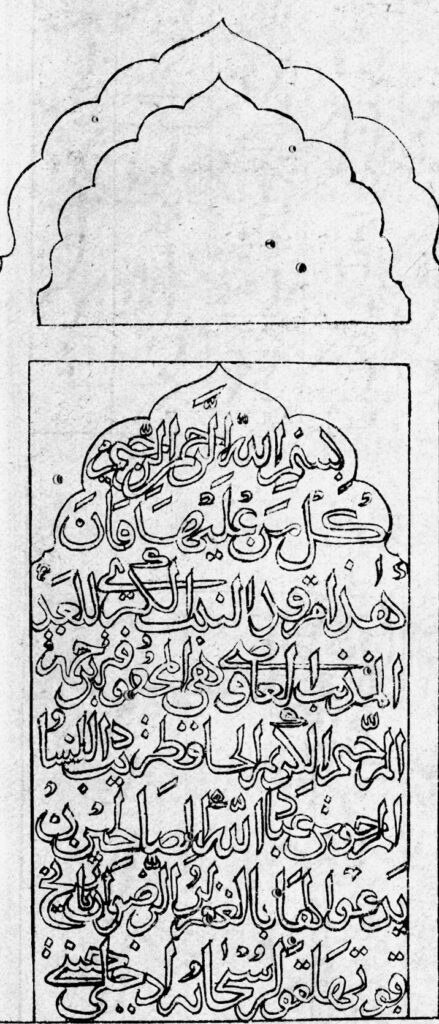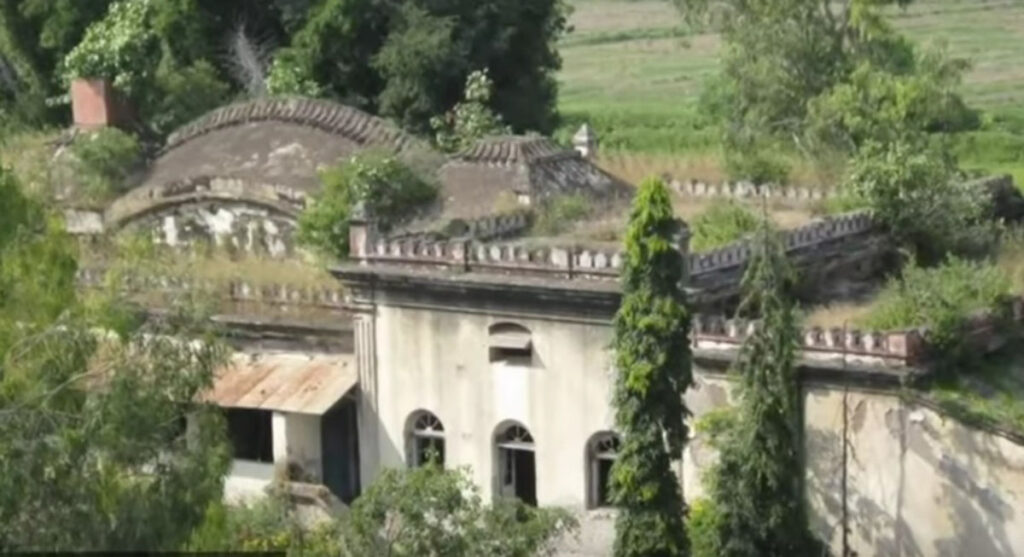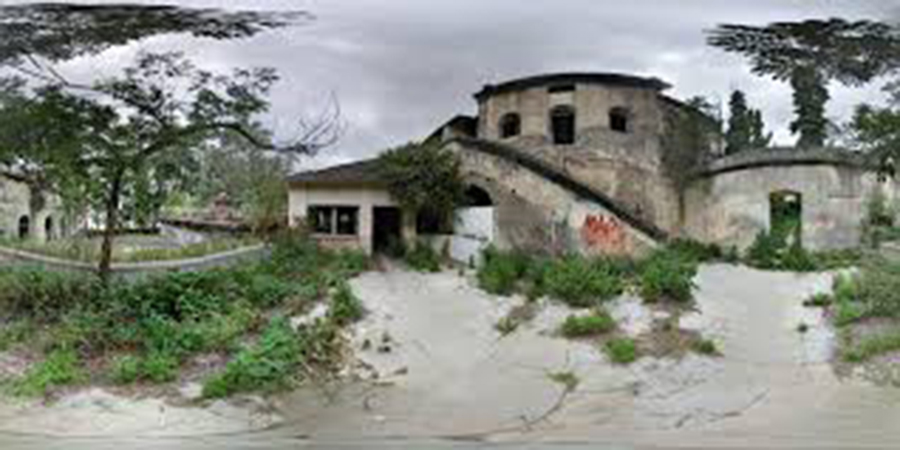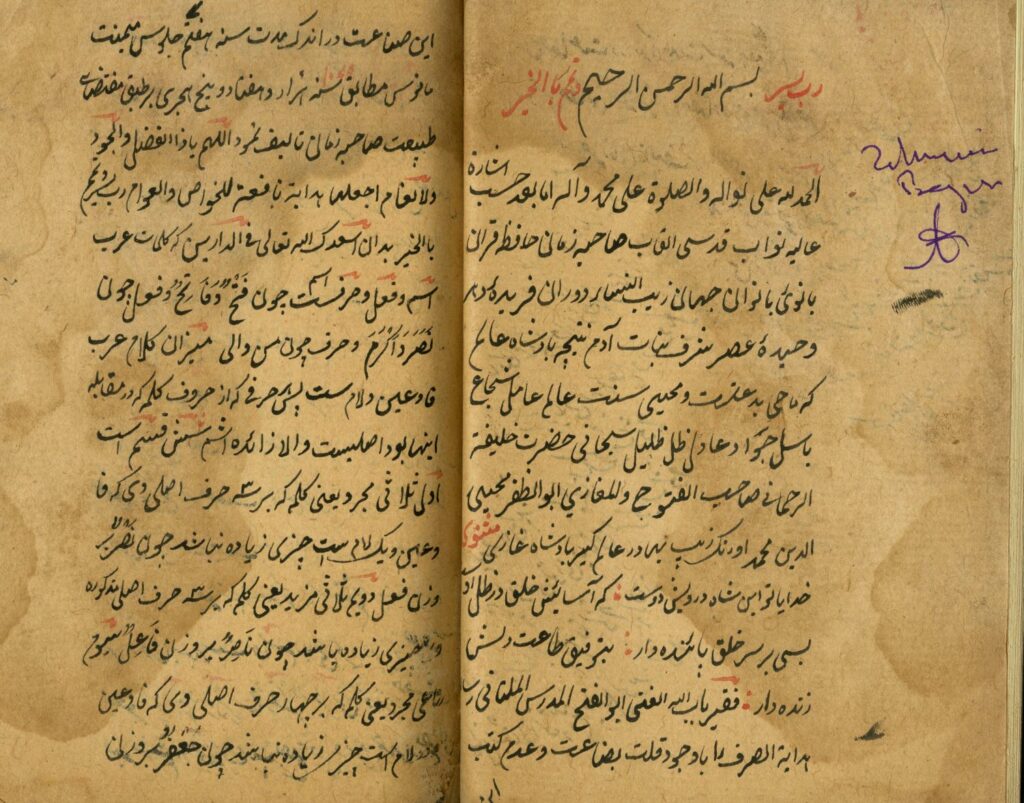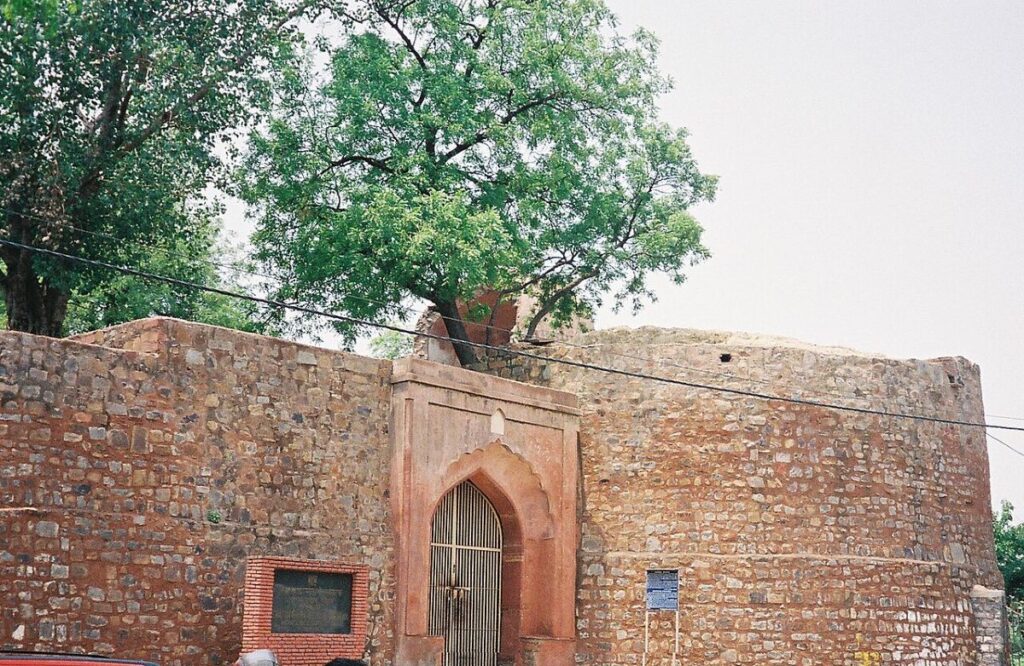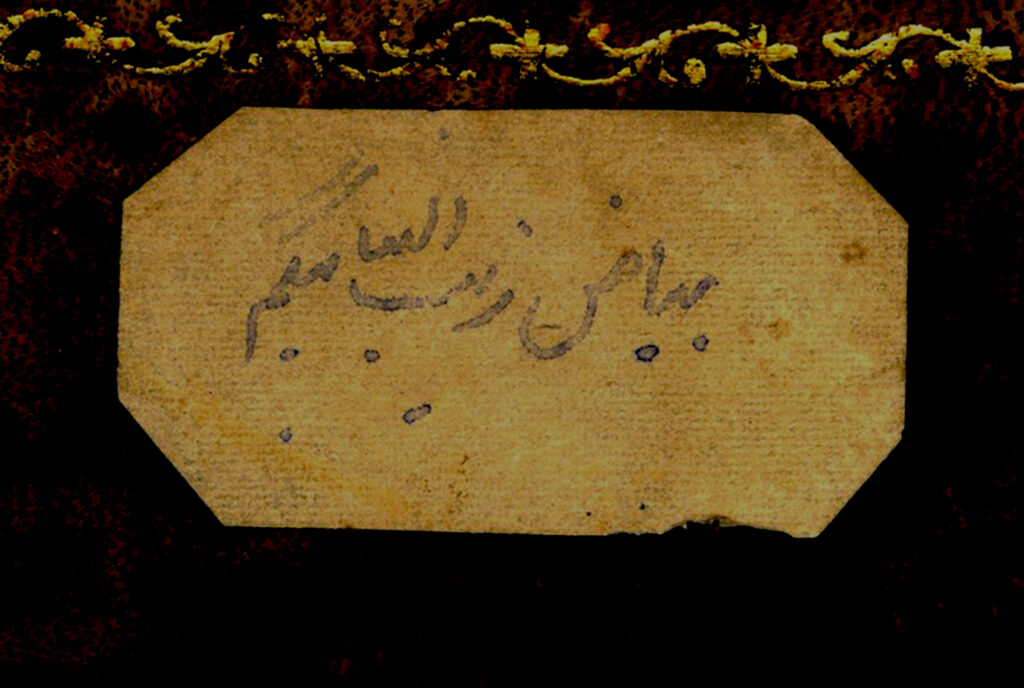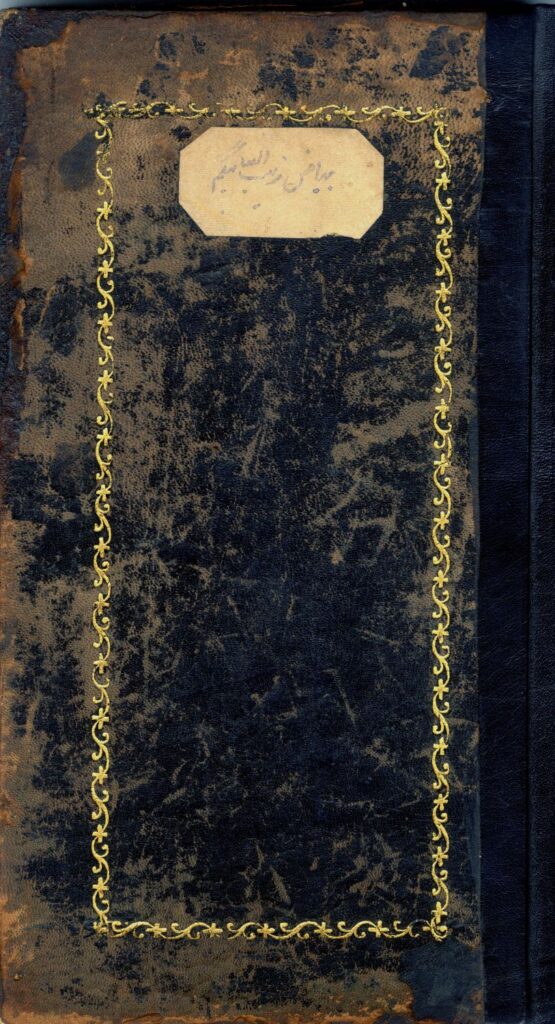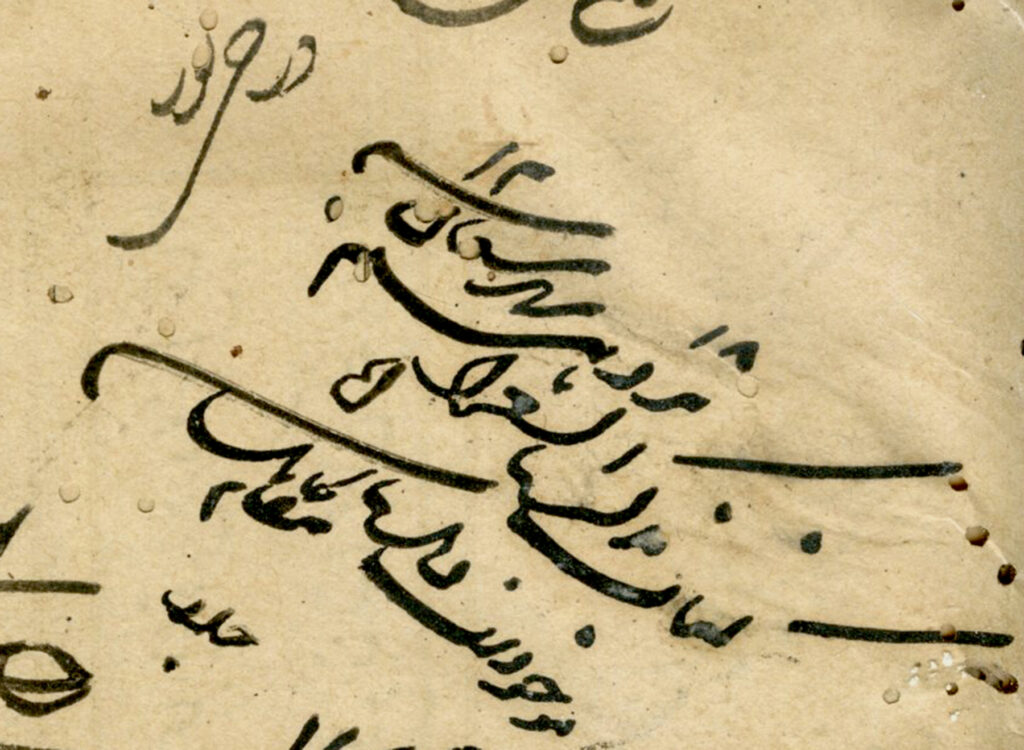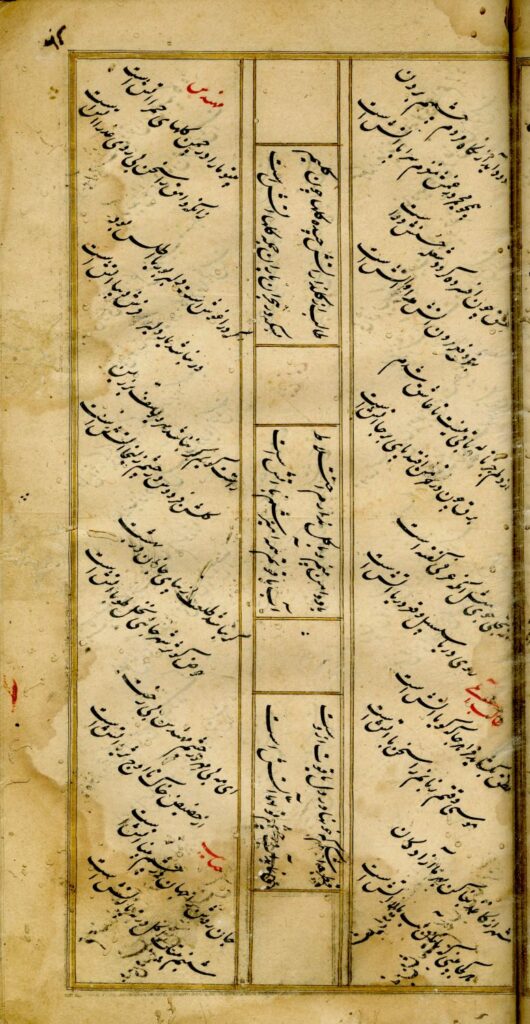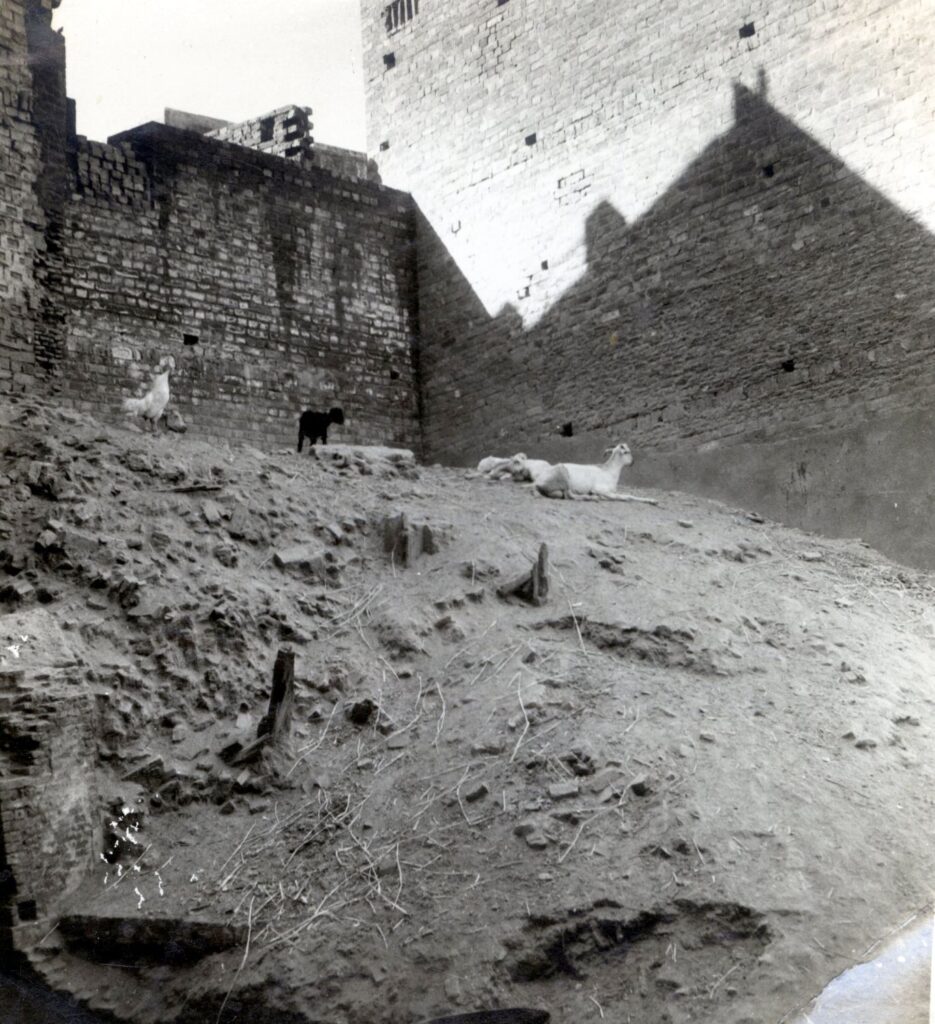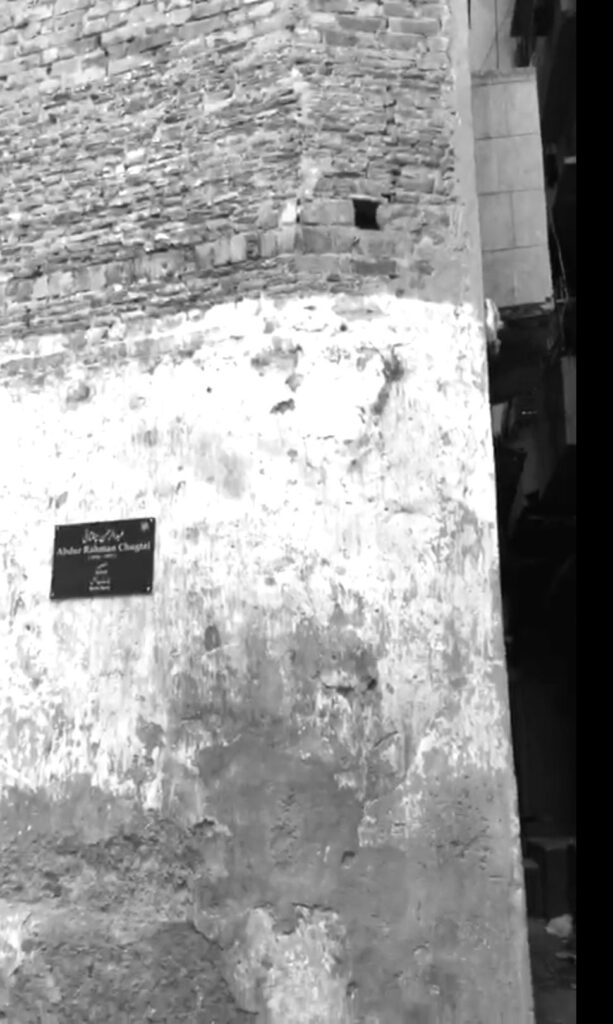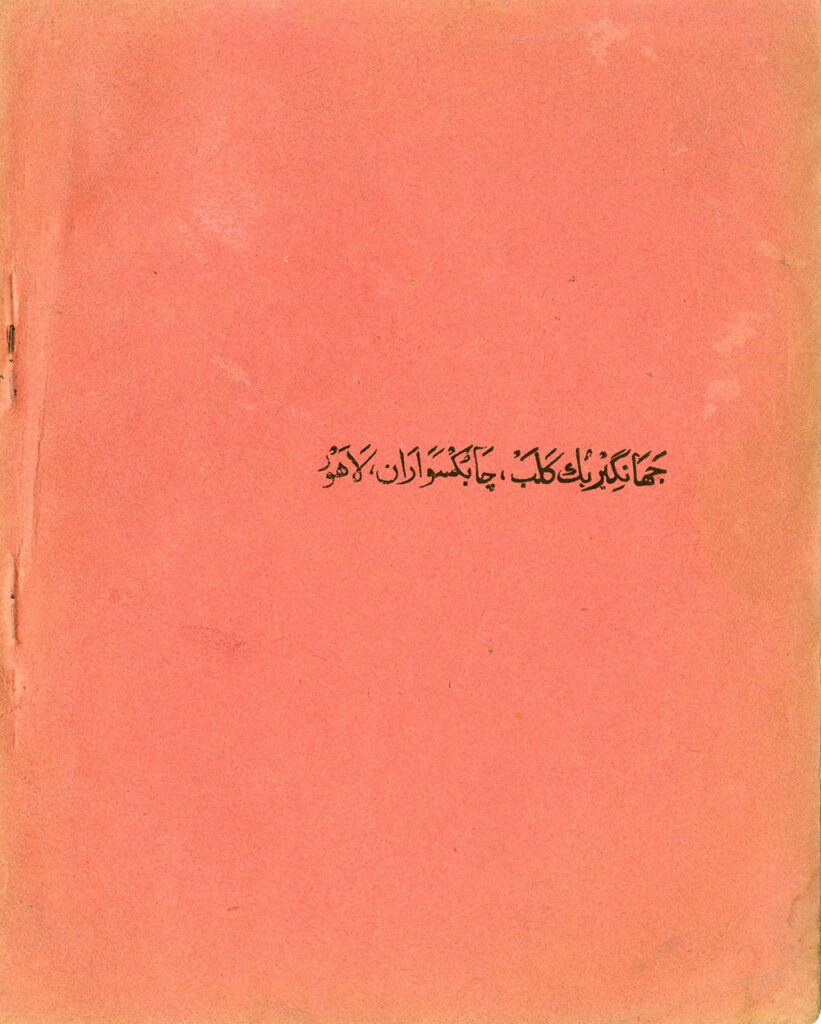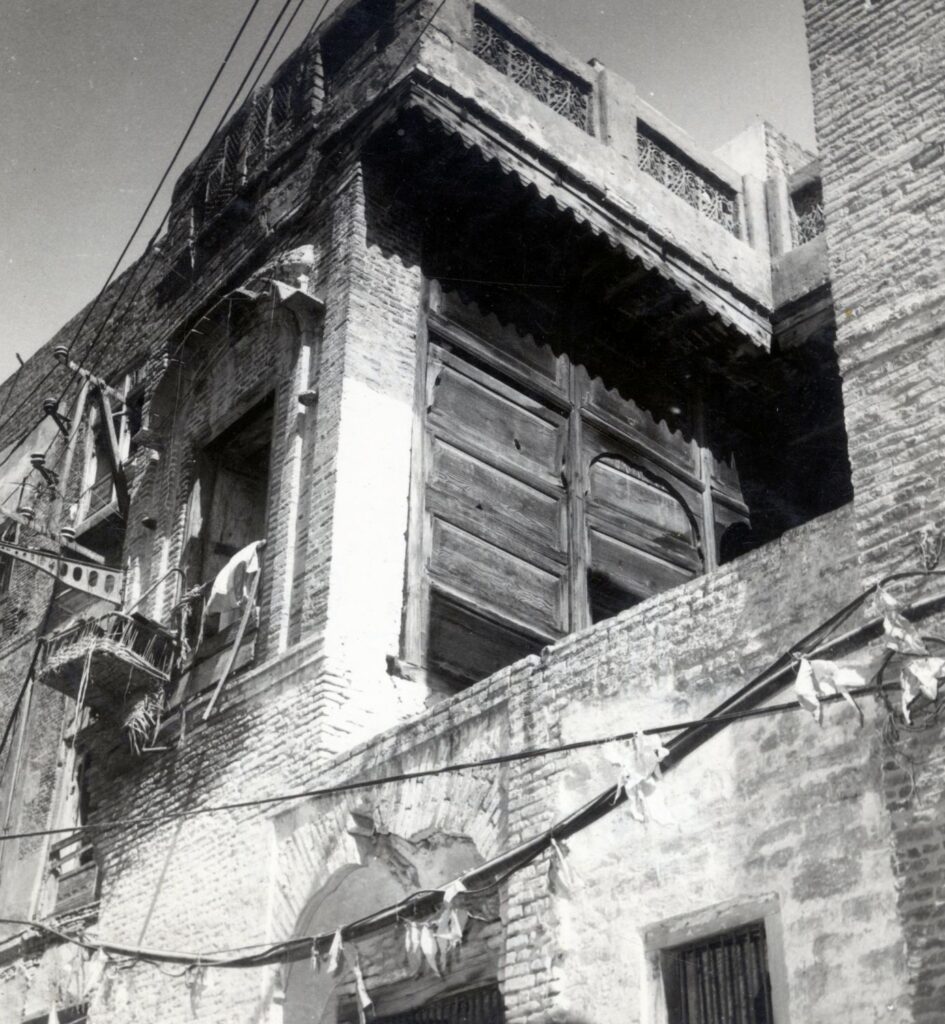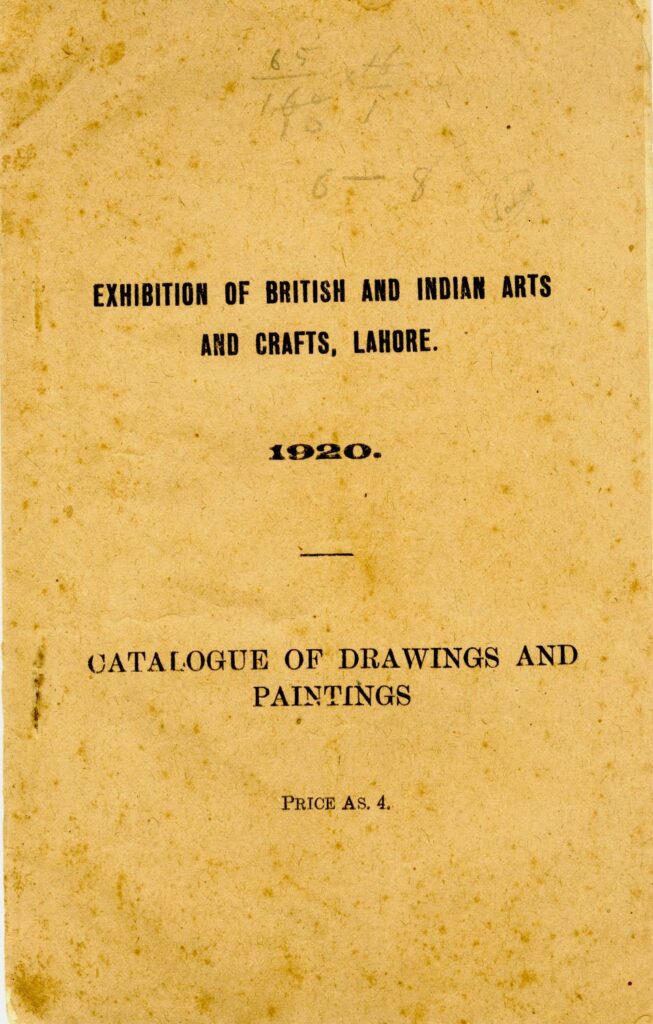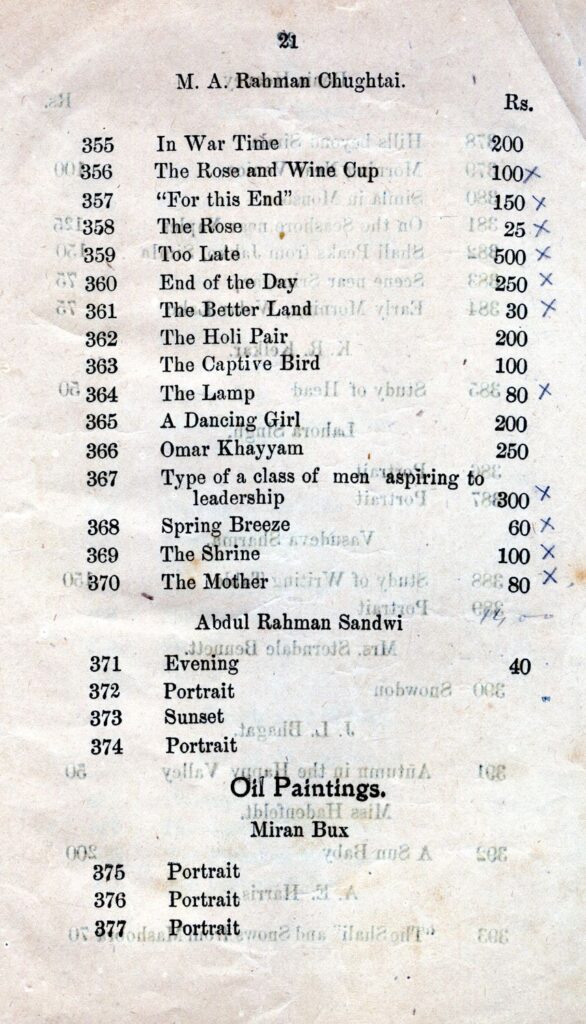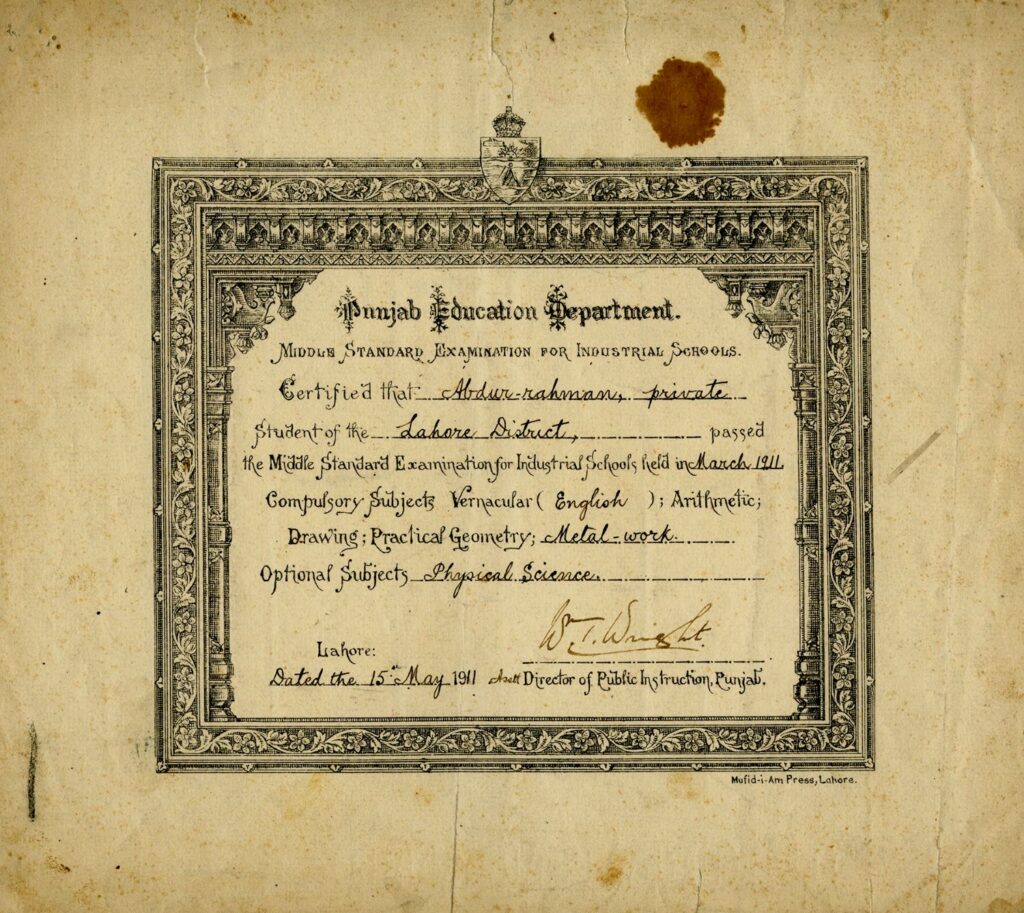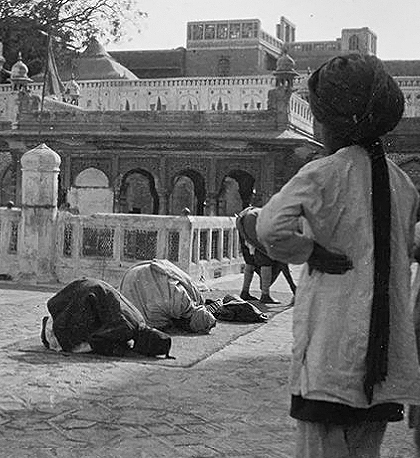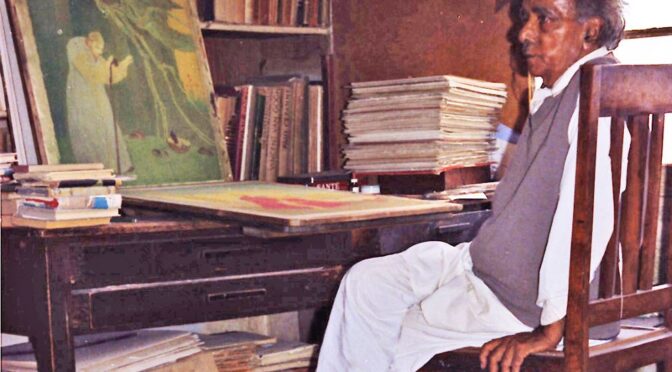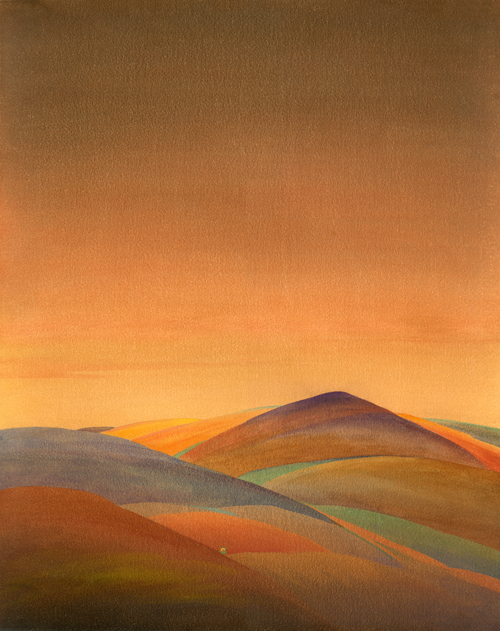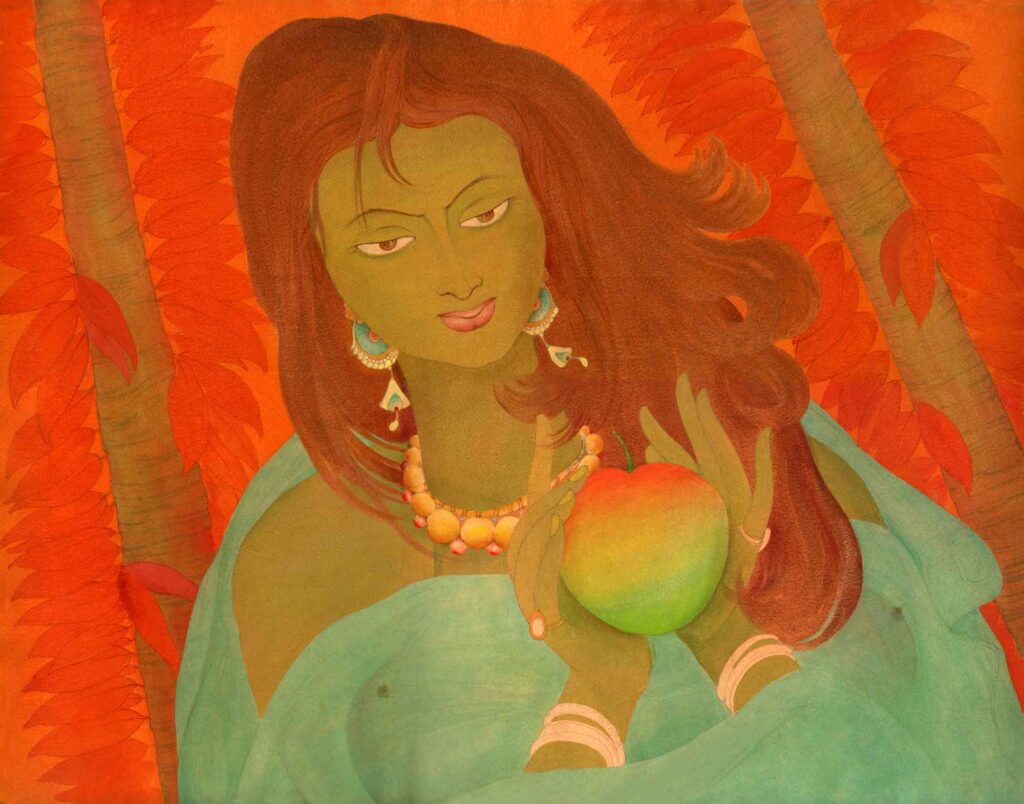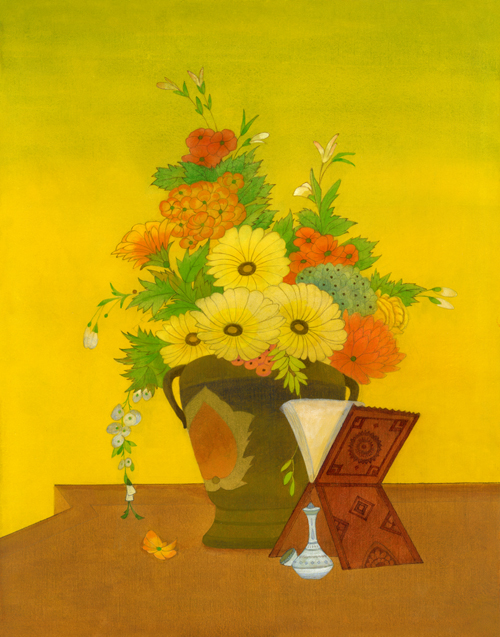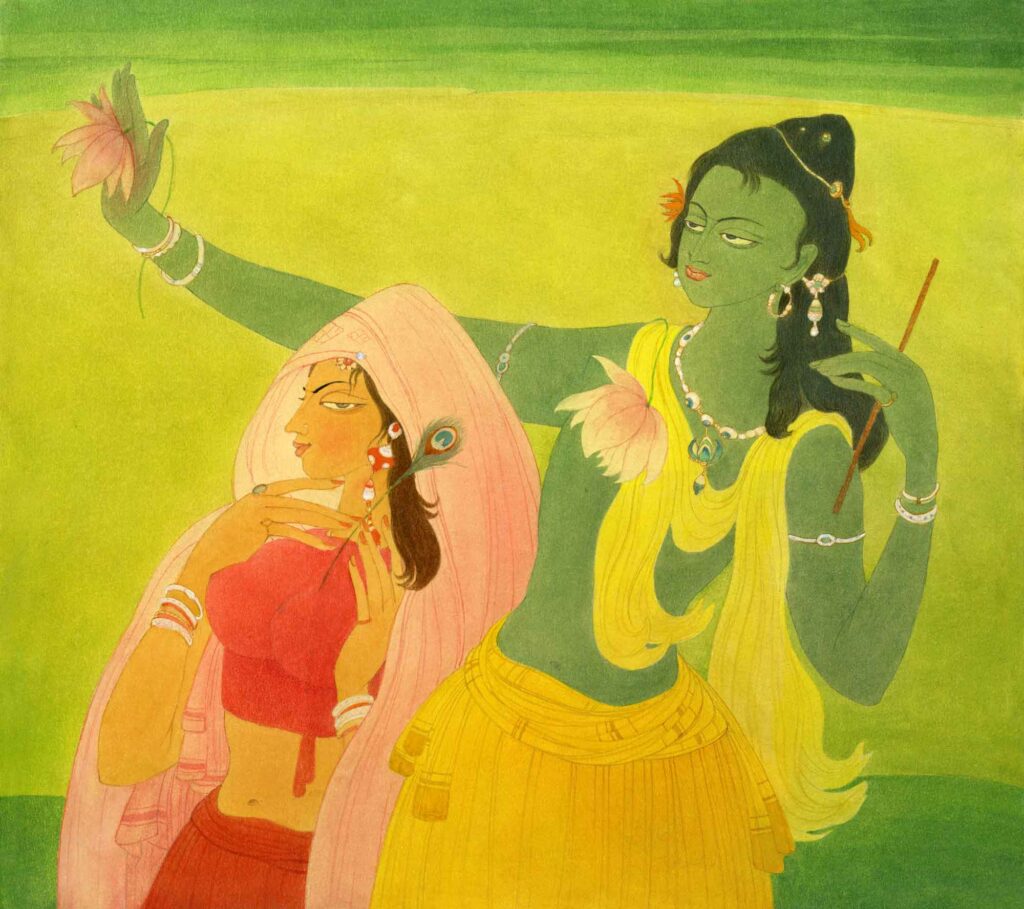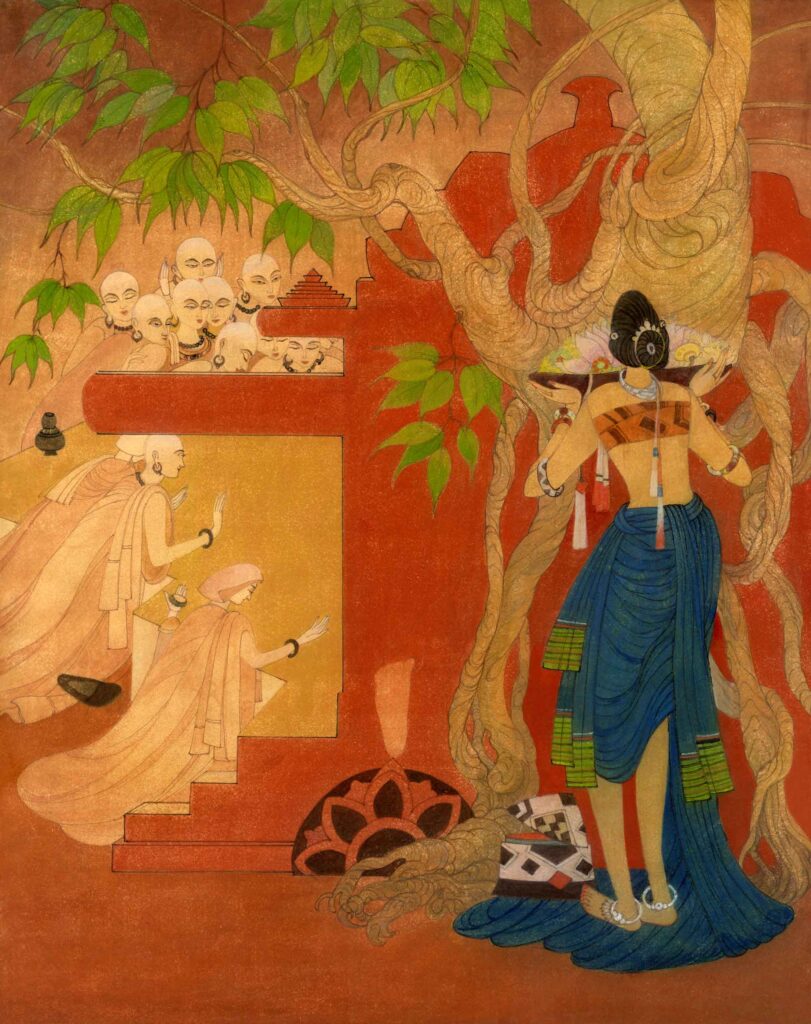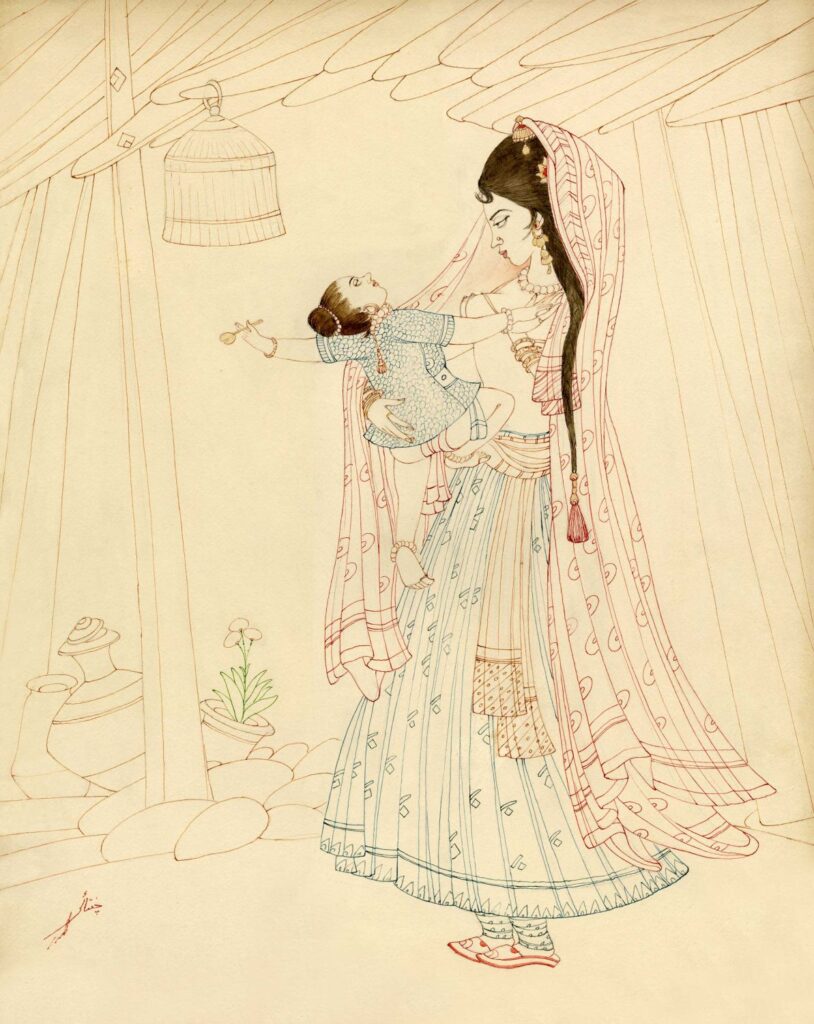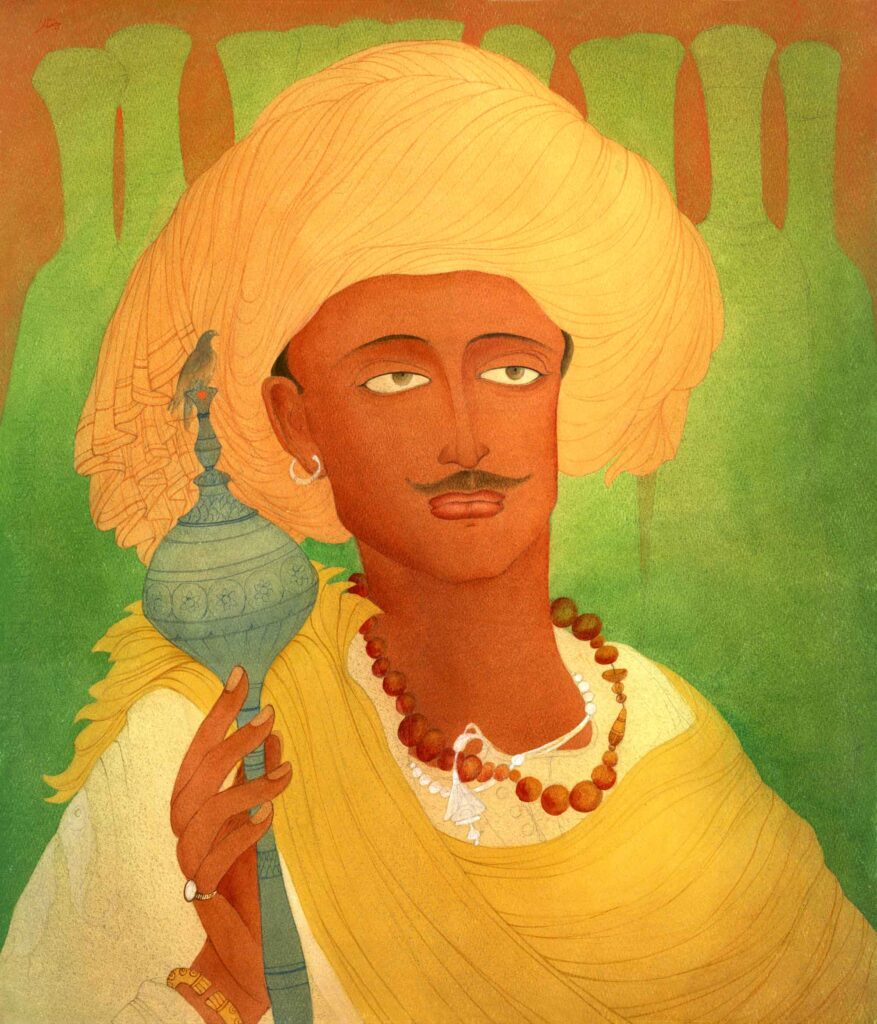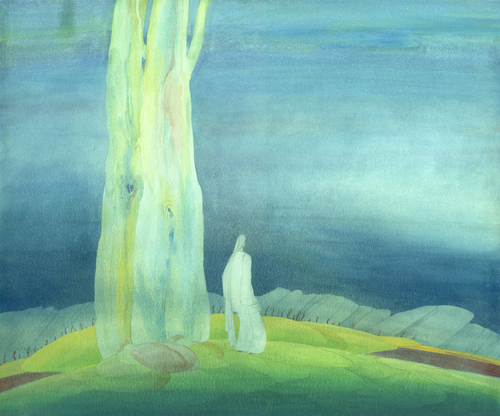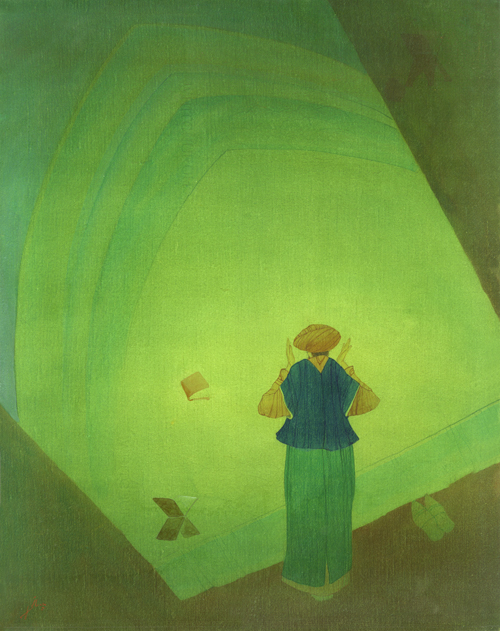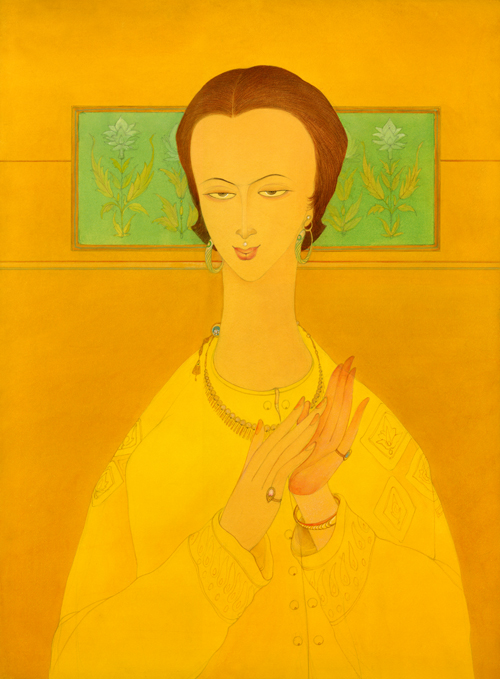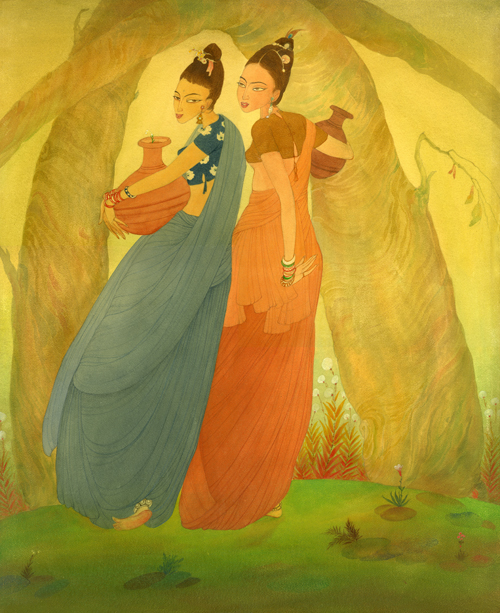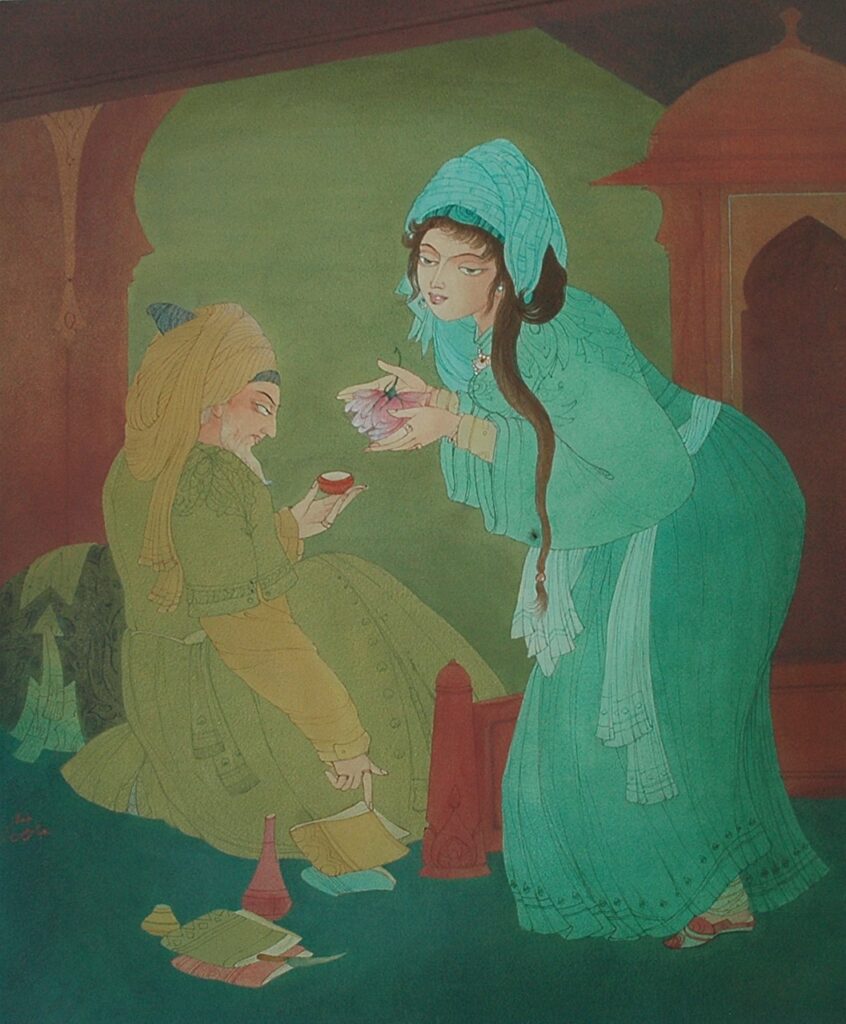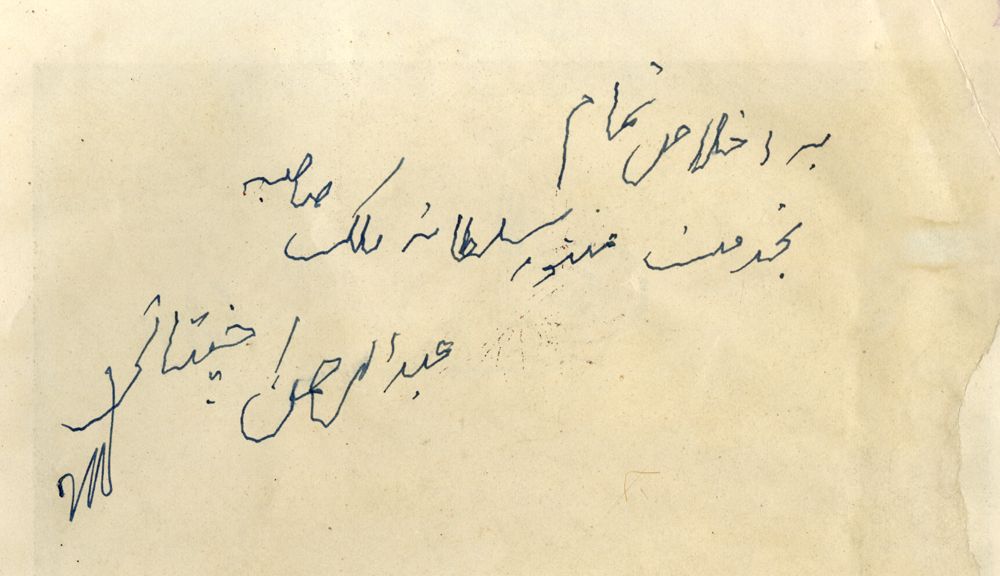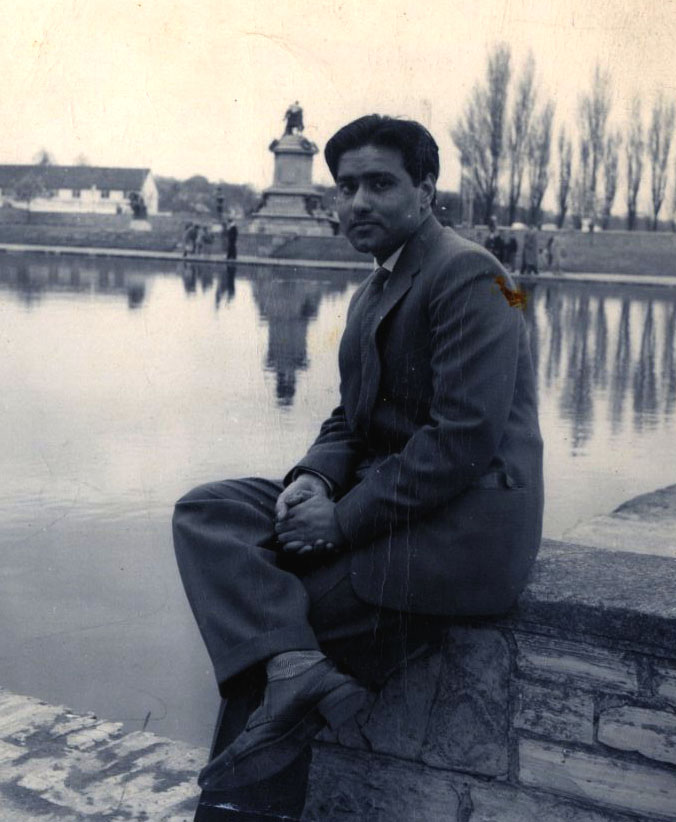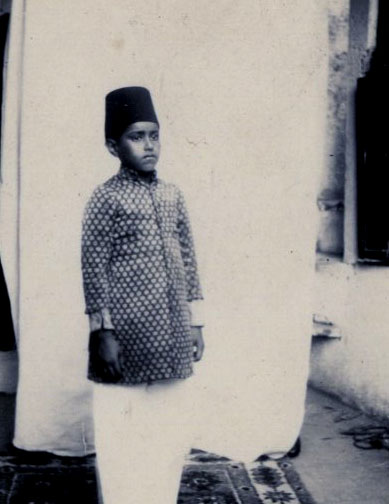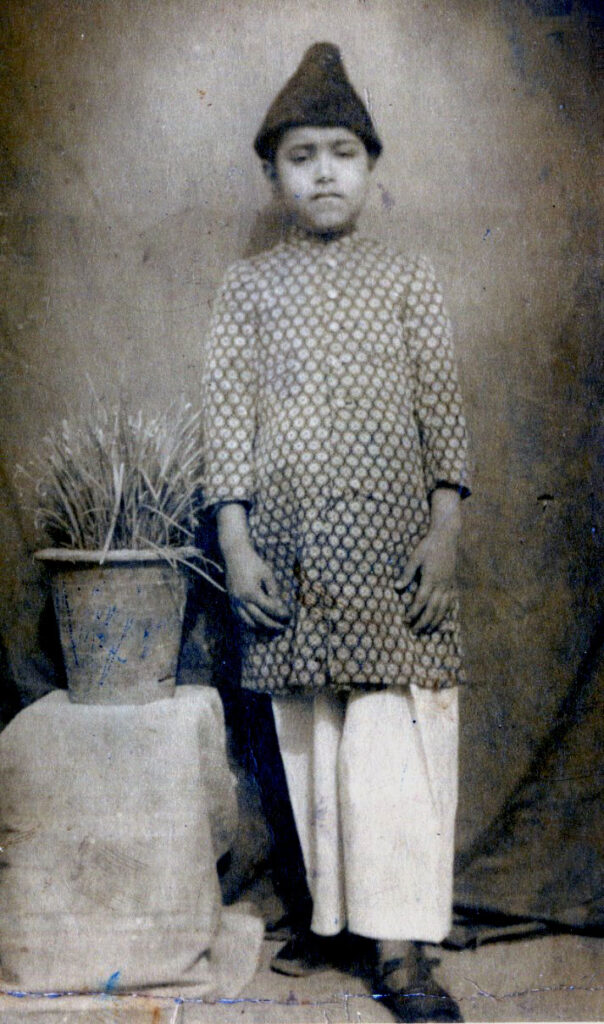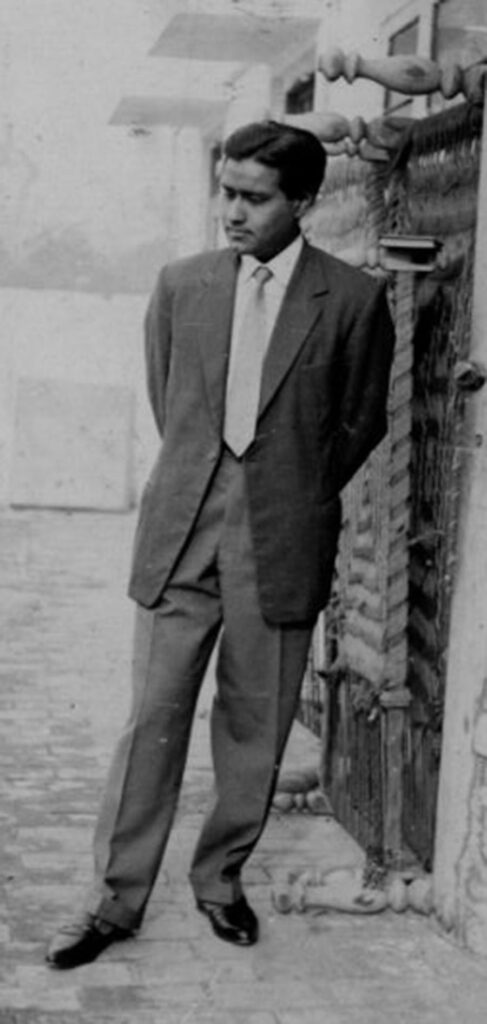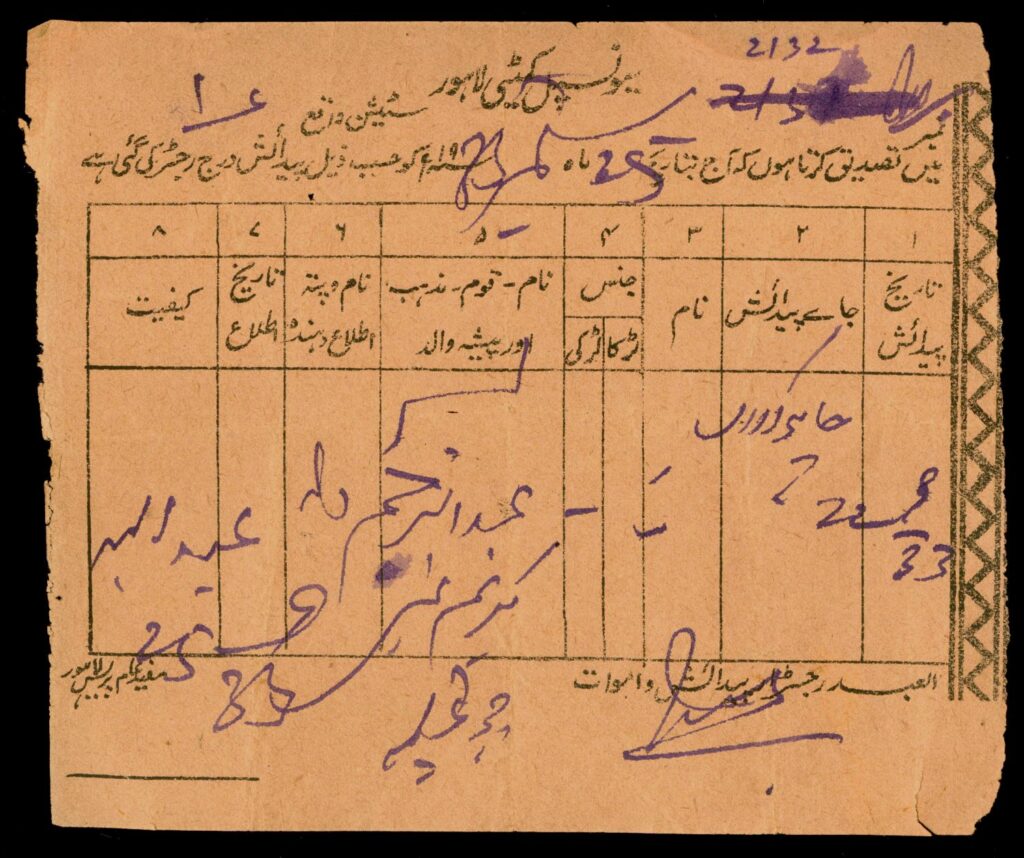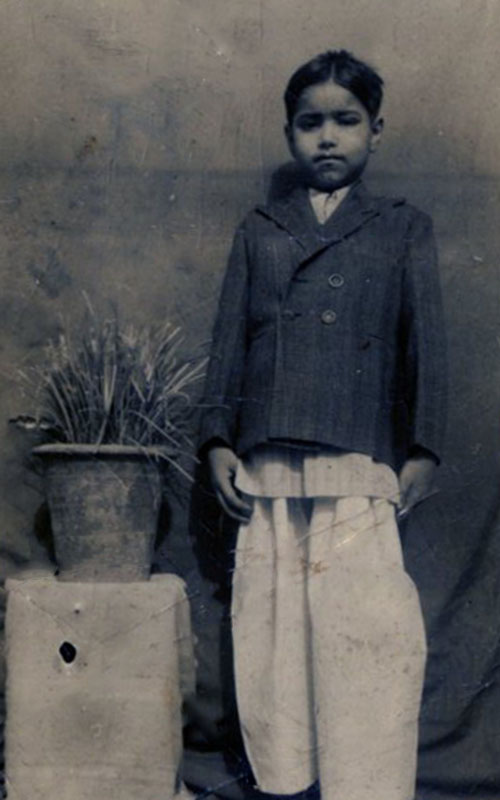BEFORE PARTITION IT WAS THE INDIANS WHO WROTE AGAINST CHUGHTAI ART;
AFTERWARDS A BATCH OF PAKISTANIS WHO FOR REASONS UNKNOWN DO SAME.
The two nation theory never arose out of a vacuum. It was a fact which the Quran recognizes, as well as the writings of people like Sir Syed Ahmad Khan and Dr Allama Iqbal. Quaid-e-Azam through a political process put it into reality. Jealousy ran in the veins of some bigoted Hindu writers and when we read their analysis of Art, one can only hope that some sanity could have prevailed in their analysis of things.
Take for instance the famous iconic Hindu writer O.C. Gangoly. We have written about him, but he left a record which will blacken his name forever. A request by Chughtai artist for return of his paintings sent to an exhibition show in Calcutta, evoked a sharp reply from him. We reproduce it for anyone to see. It clarifies what Chughtai wrote about all the time. Calcutta was allergic to Lahore and allergic to Muslims in total. A shame for those who associate Calcutta with Chughtai Art.
The writer Tapati Guha-Thakurta is an enigma all her own. Cambridge University Press considered her a professional on the subject but could not see the bigotry she carried on herself. Again Calcutta. In just one book “The making of a new Indian Art”, she felt reluctant to give an image (it would expose her thesis) of even one Chughtai’s work but she mentions him at least three times, in most derogatory manner. Her first remark about Chughtai is on page 291 of her book. She says:
“Abdur Rahman Chughtai’s compositions of the first years, with their recurrent images of flickering lamps and swooning women, cannot rise above such CRASS MANNERISMS.”
Her venom cannot be put on rest. She repeats another blatant assertion:
“For example, couplets from the Rubaiyat of Omar Khayyam conjured an atmosphere of Persian exoticism and mystique around Chughtai’s images of veiled women, fading lamps and scattered petals. It is not clear whether the quotations from poems came from the artists themselves or whether they were later additions by critics and editors to help in the propagation of these paintings.”
And thirdly she makes fun of the painting FAME based on National leadership, as a ‘symbol of the feebleness and self indulgence of India’s national leaders’. Based on a verse by Dr Allama Iqbal, she had no mood to accept that work. So what? It was Chughtai’s view, not hers. And for now, we finally come to the venom of Som Anand “Portrait of a lost city”. This man has in his total hatred, uttered such words that no sane publishers would have allowed the publication. And yet Pakistani third rate publishers did same. Som Anand talks about his visit to the studio of Chughtai. He makes fun of the Punjabi language, spoken by the artist. But of all things he terms Chughtai as:
“The man was very shabbily dressed. His disheveled hair and unkempt clothes made him look like the domestic servant of a middle class family. An interesting thing about his clothes was that the many colors were splashed on his shirt sleeve. It seemed that he used to wipe his brush on the shirt while he was at work.”
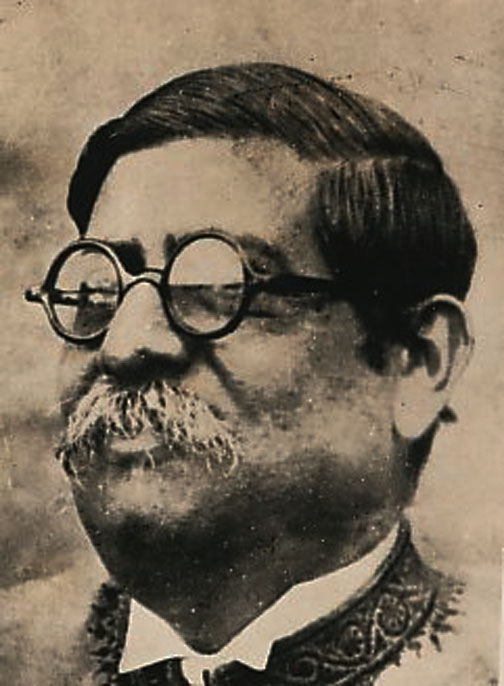

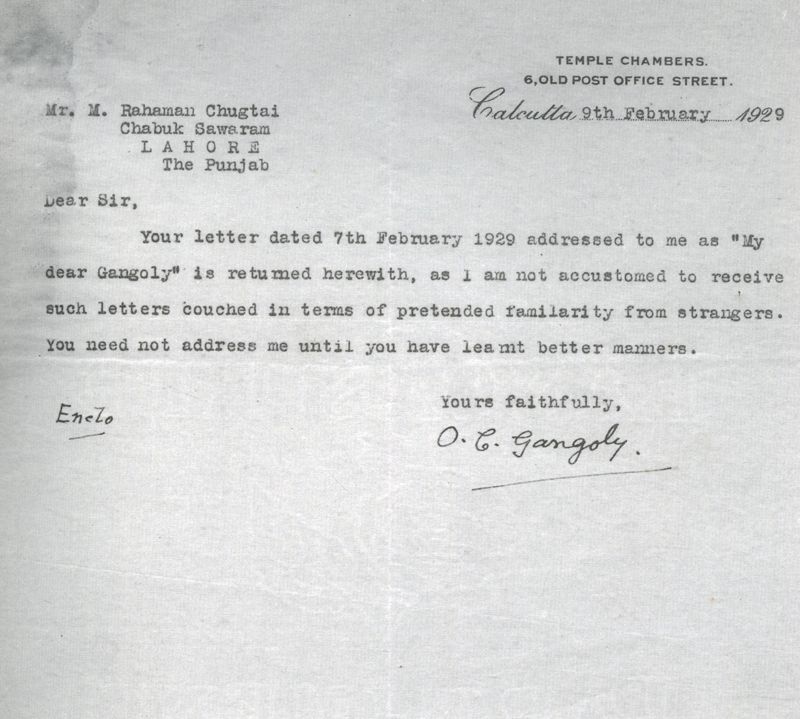
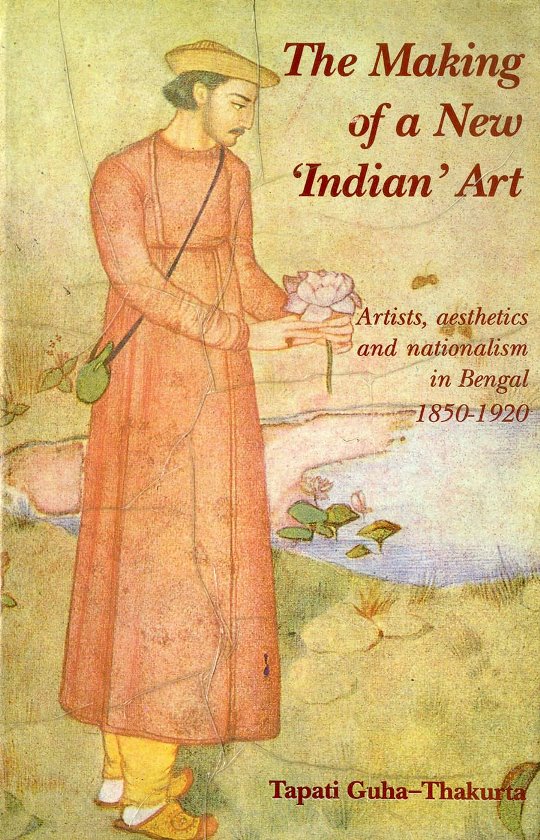


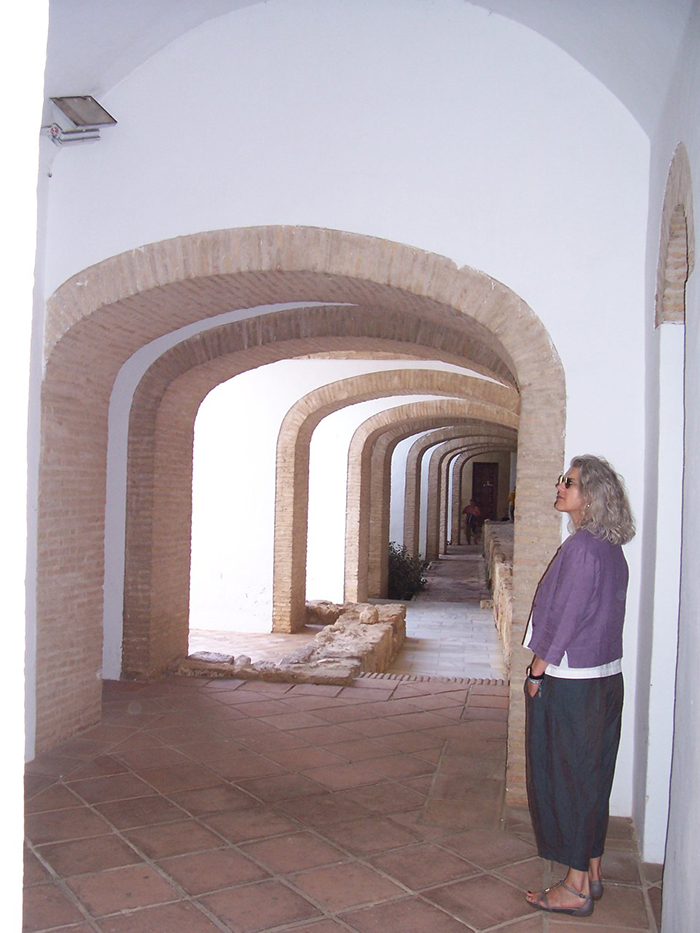



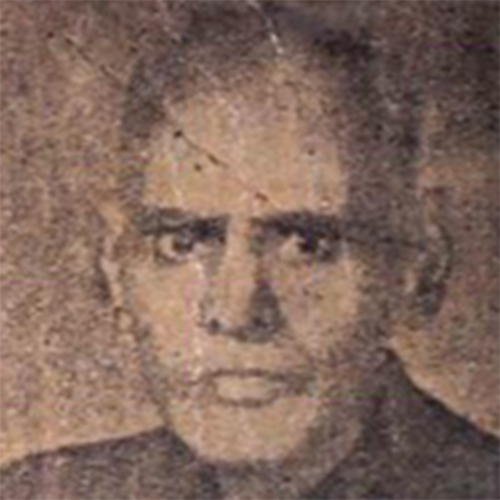
To me the most striking thing in this assertion was that he blames Chughtai Sahib speech being in very simple Punjabi and his unsophisticated accent (His definition should be added). There is so much falsehood in his writing that Som Anand is not even ashamed of writing false things. The whole episode is made up of his own conjectures. A senior Professor of GCU, Mahmud Ahmad told me that no gentleman could talk like that. He said if you ever meet Som Anand, just slap him even before you talk to him. I said certainly I cannot do that, as I do not have the inferiority complex these kinds of Hindus carry in their hearts. It continues to pain them that Muslims ruled the region for more than 1200 years. They made a mess of their country in a few decades, and triggered, manipulated mess in ours. That complex does not go away. sounded almost like the speech of an unlettered villager. The funny part is that Som Anand’s books have been published by relevant Indian publishers and well wishers here, but his face cannot be found. In his book his father’s image is there, not his own. Given an image which may be him. He should have compared his own face to the face of Abdur Rahman Chughtai for judgement. And he does not stop there, he makes ridiculous assertions against Dr Allama Iqbal, which borders on so much vulgarity, that repeating it is actually shameful. Som Anand proves his bigotry clearly. Attacking our icons and our thinking.
And now comes the batch of Pakistani so called experts. Pakistan is composed of many areas. I have never seen anyone from East Pakistan, Sarhad, Sind, or Punjab writing venom against him. The bad things fall on Karachi alone.
Somehow or the other, Karachi gossip makers take the lead in this kind of game playing. In recent times the only sensible critic I found was Marjorie Hussain, who is retired now from a leading newspaper. But she came here, met me and was delighted to talk to me. Same here. Wonderful woman. The Liverpool expert Dr Akbar Naqvi, makes tall claims in his book, without authentication. In an article in a newspaper, he blatantly wrote against our presenting our prestigious book Amal-e-Chughtai, to well known personalities of Karachi. A request by the late artist himself. He wrote that the book has fallen so much in esteem, that it is now being presented free to people. He probably had no sense of the spirit of generosity of the artist, and desire to share with others, regardless of costing of same. And in his book assertions which have no documentation. I sent corrections with documentations to Ali Imam. Only in Pakistan can people do these things of false attributions. Outside world would make them penniless in days.
Paula Christa, then at Bonhams, a great and lovely Austrian friend, told me that there is a lobby operating in London, to instigate people against us. I could hardly believe her, but she did present proofs to me. Dr Shahid Khan, a medical doctor in London confronted similar response there. Even a French collector Jean Marc-Michaeli in USA told me similar things. The great chain of our worthy friends like Basil Gray, Ralph Pinder Wilson, Harry Norman Eccleston, Paul Drury, Stuart Cary Welch, had died already. Susan Robertson, now retired too, hid the secrets but did say a few things, which were not pleasant. The other lobby does not know that they are being revealed eventually.
Is this the work of a religious lobby? Probably not, but an Anti-Pakistan tirade surely. Facts still need to be ascertained. Once the final proof is collected, we will take them to court. But why worry? The Art of M.A. Rahman Chughtai will outlast these petty people for centuries. As Dr James Dickie said in 1976, in an article in Times London, “In many ways he out class Kamaluddin Behzad, the Rembrandt of Islamic Art.” Empty criticism is like spitting on the moon, the spit falls on their own face.


